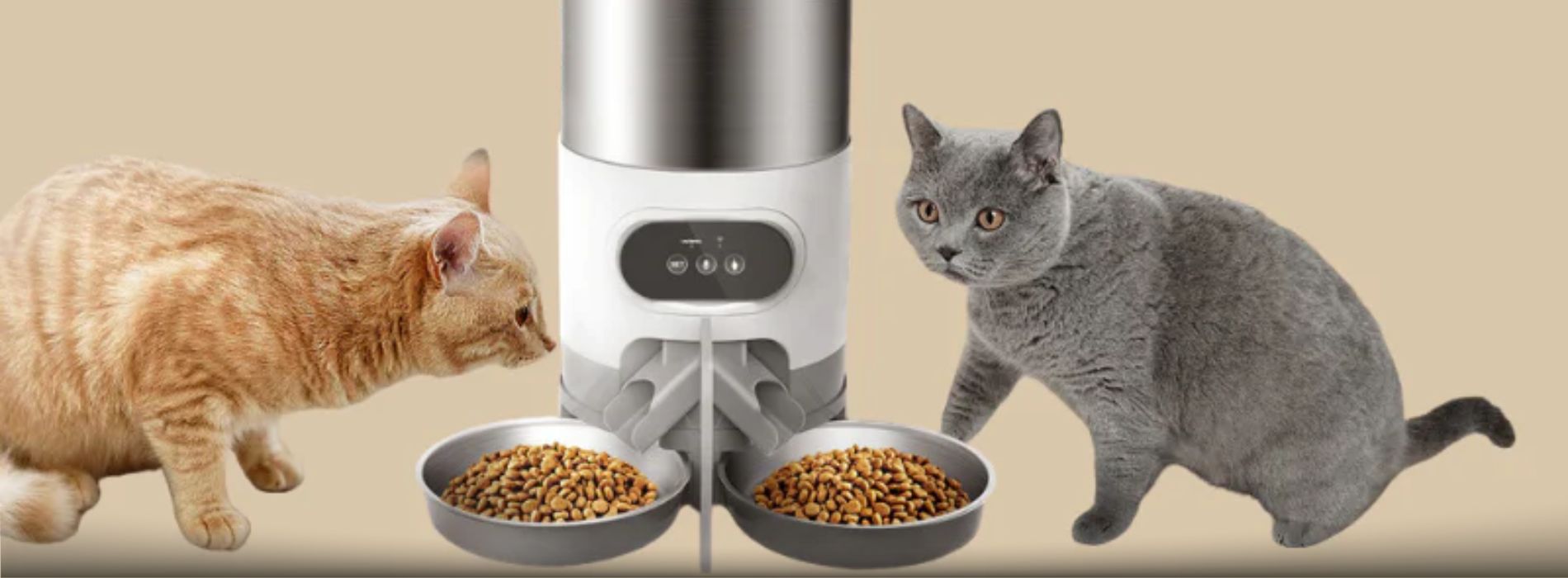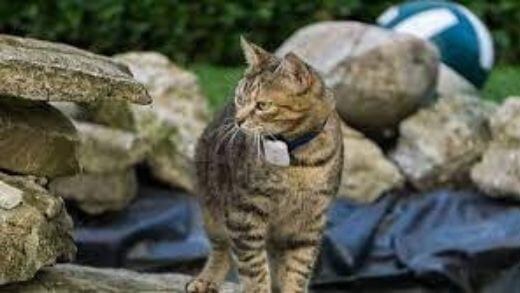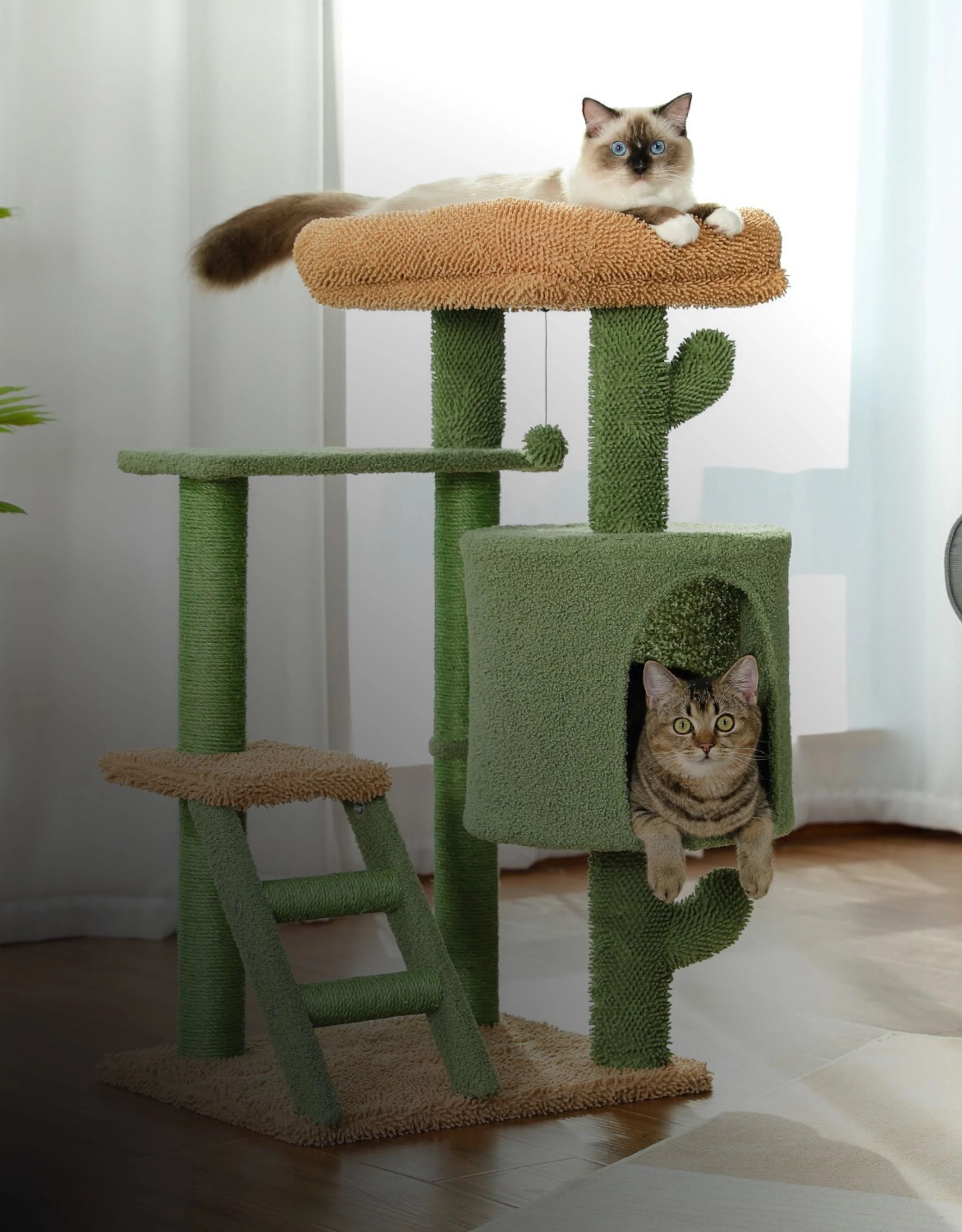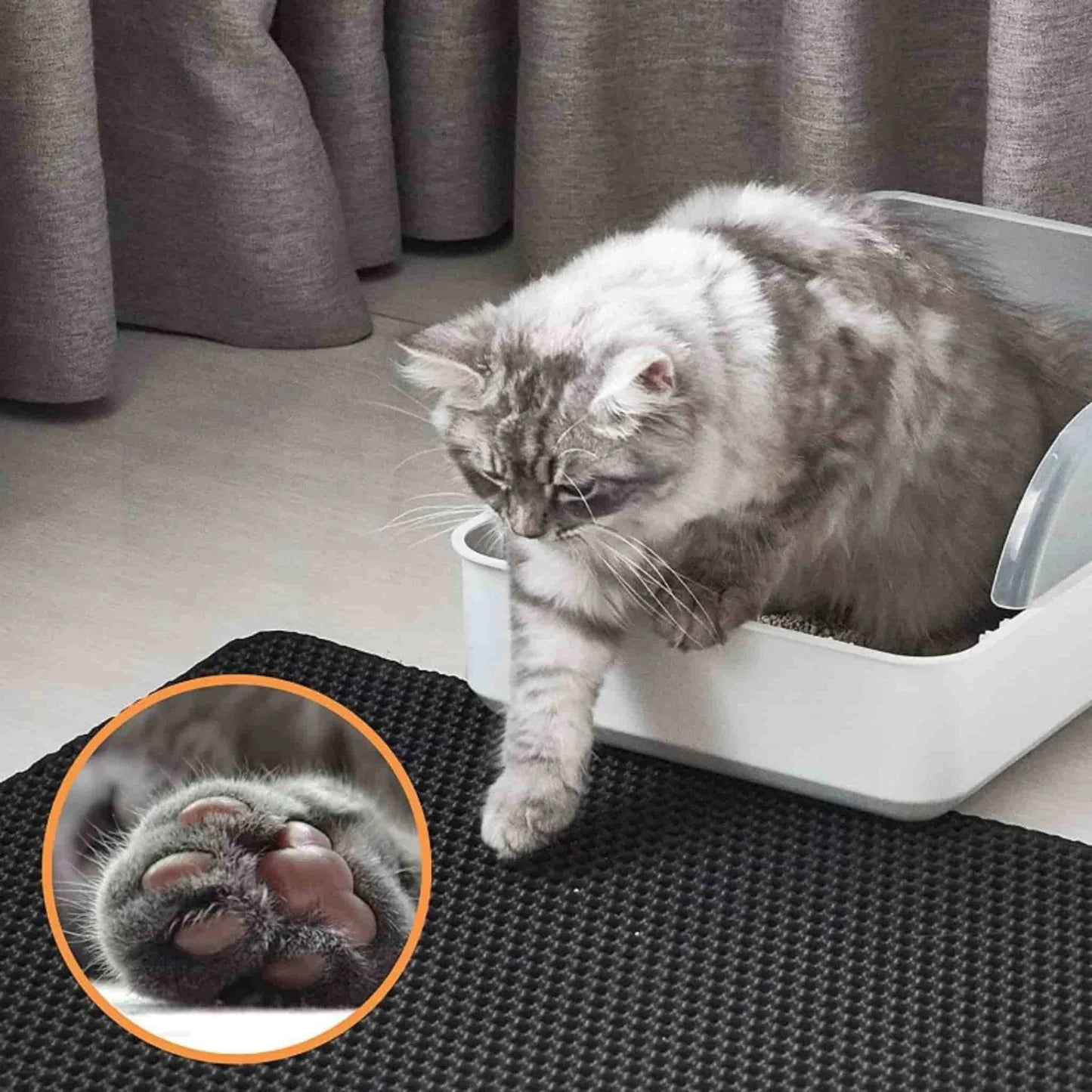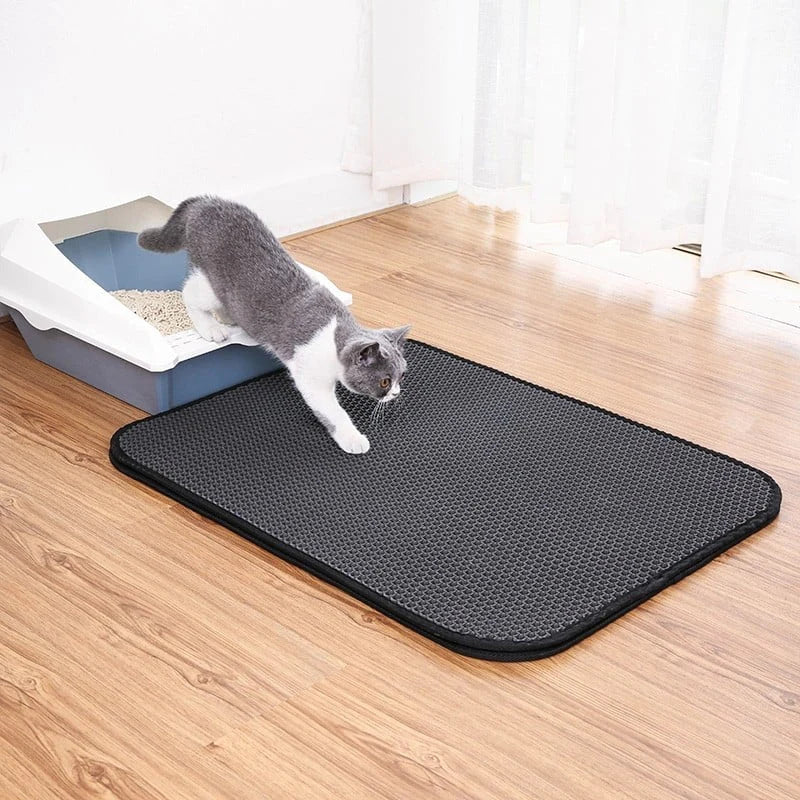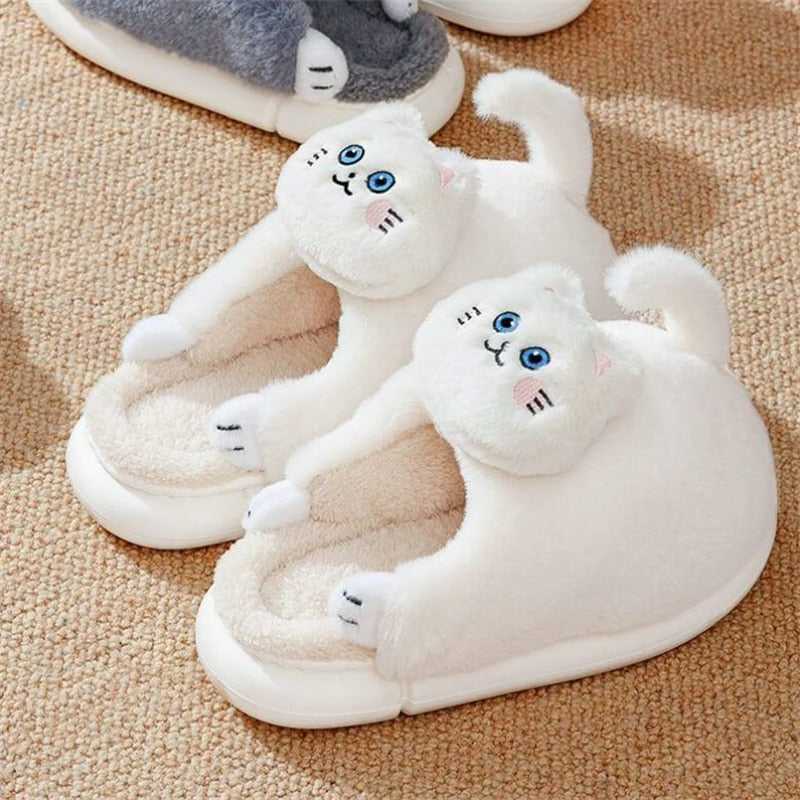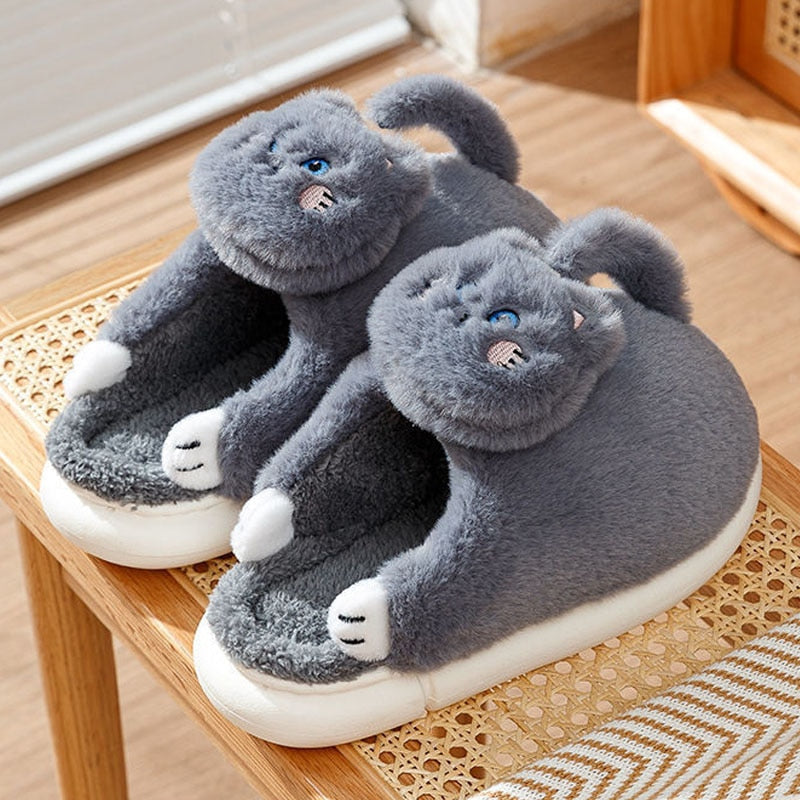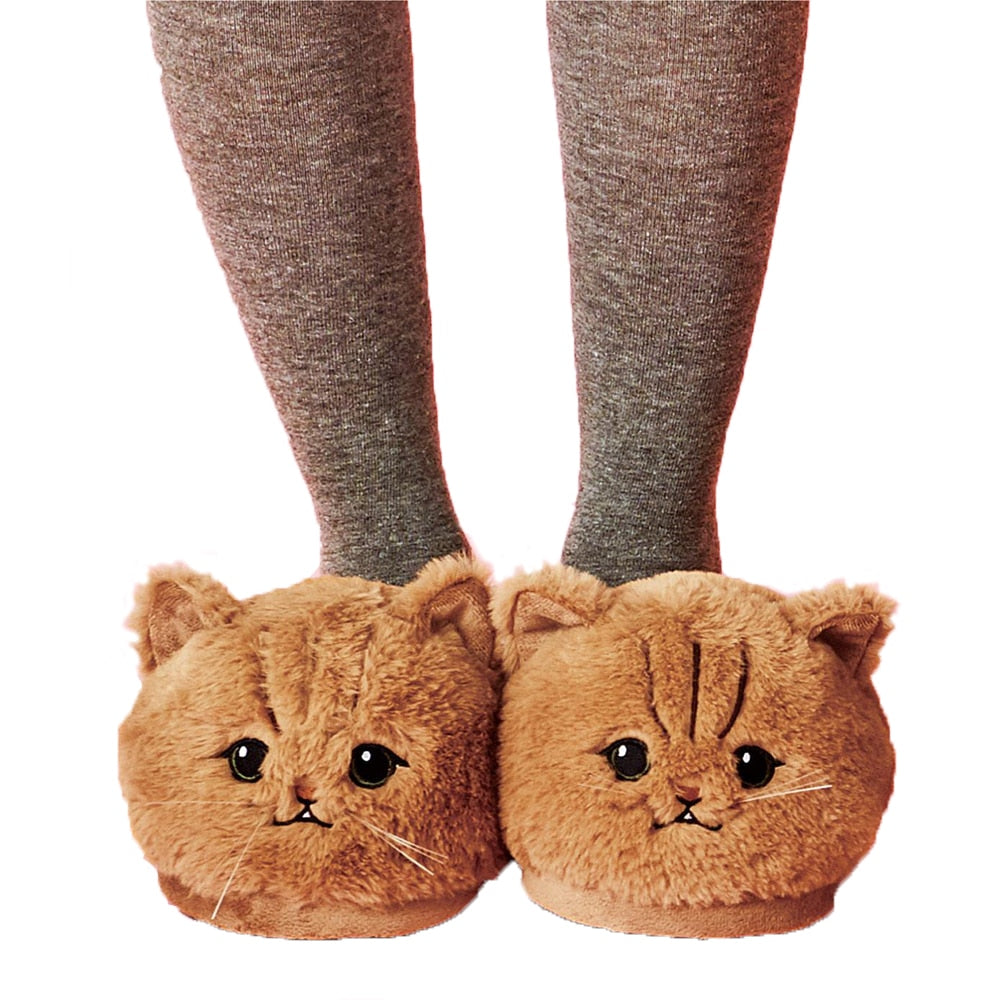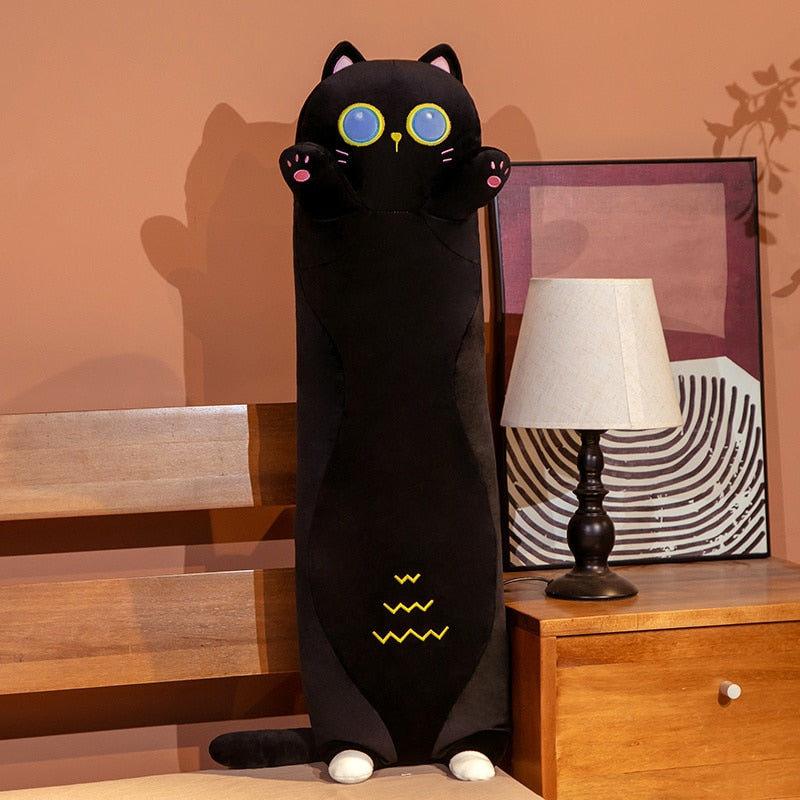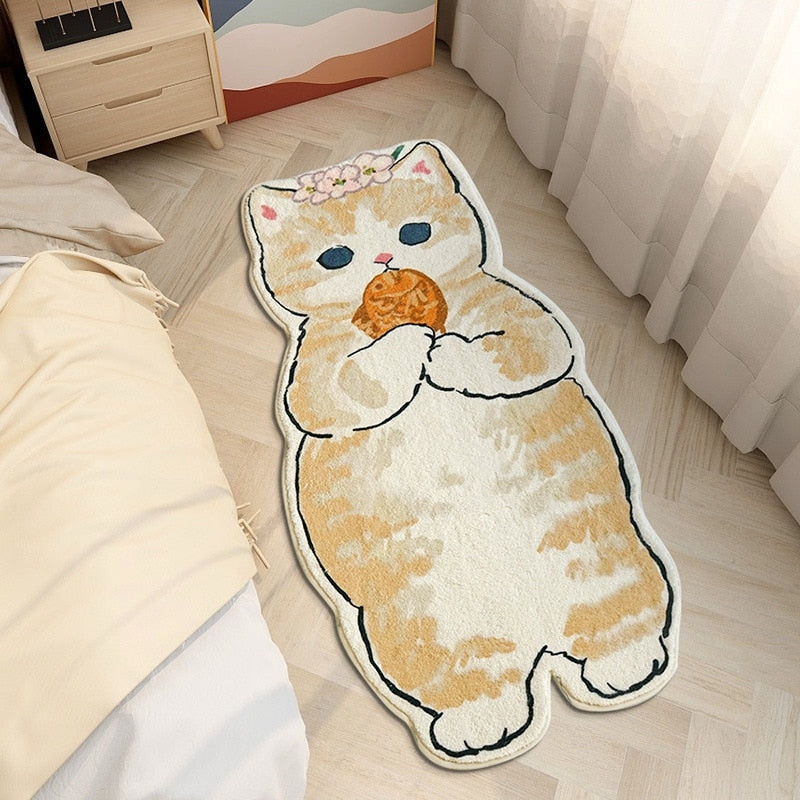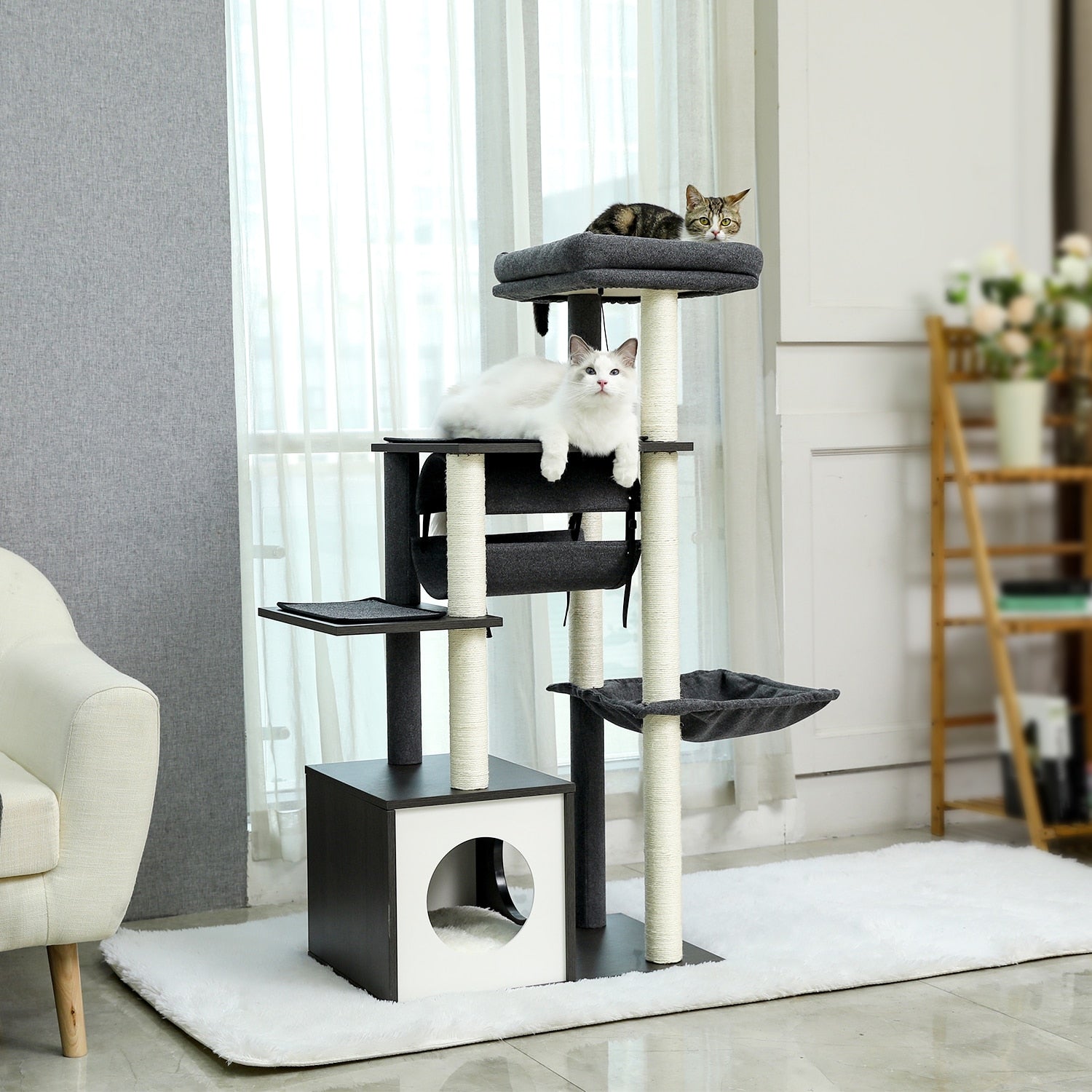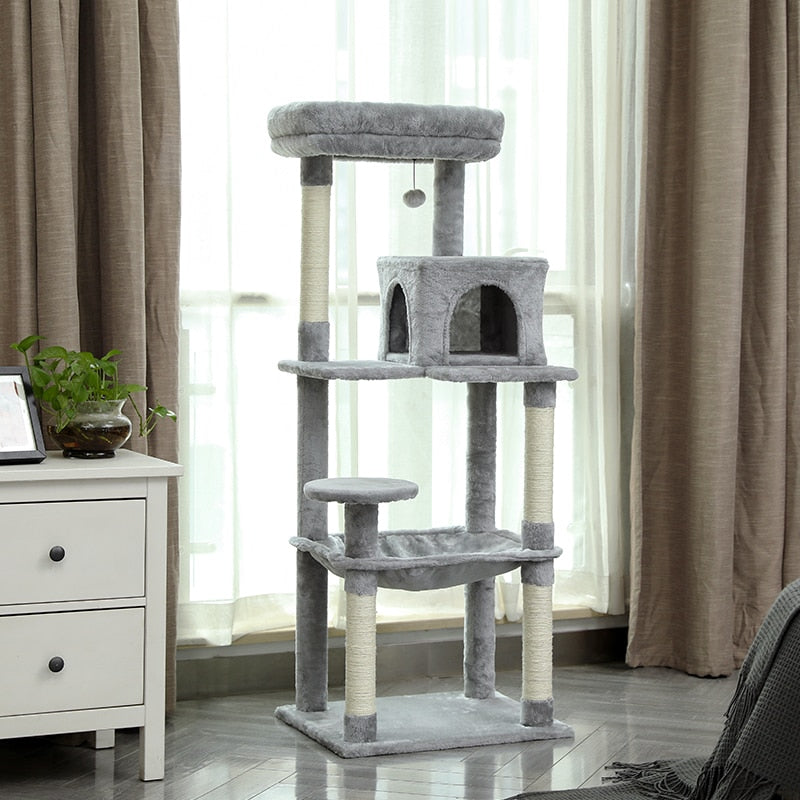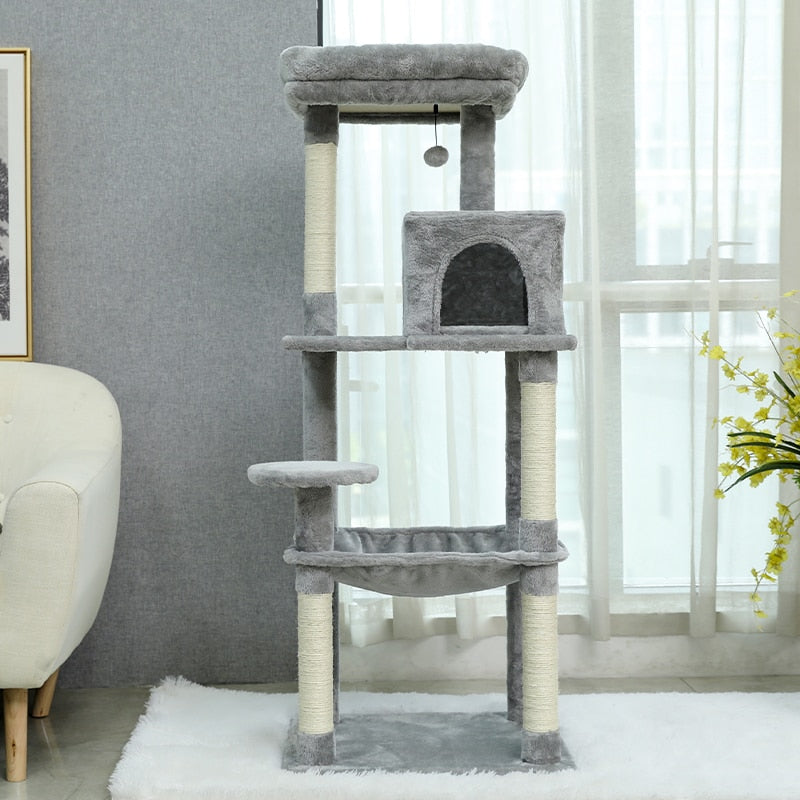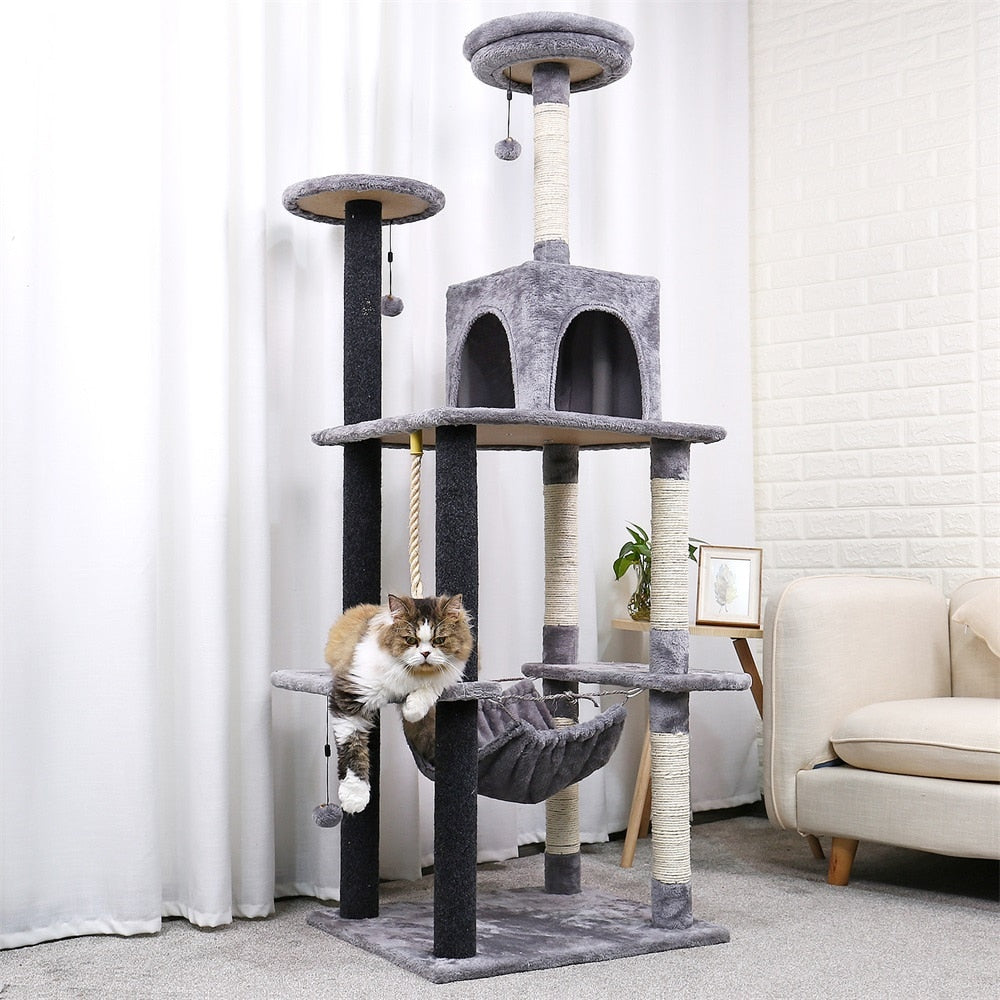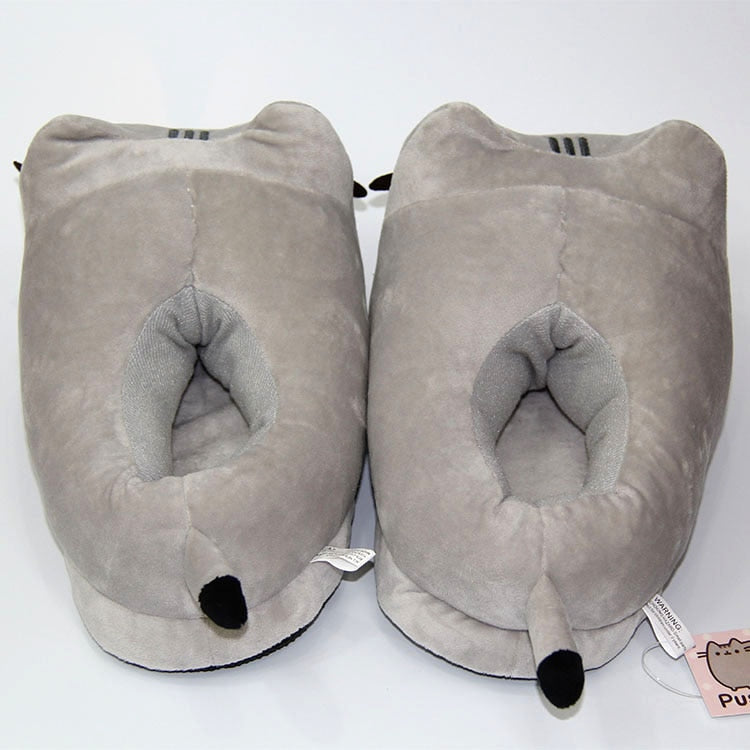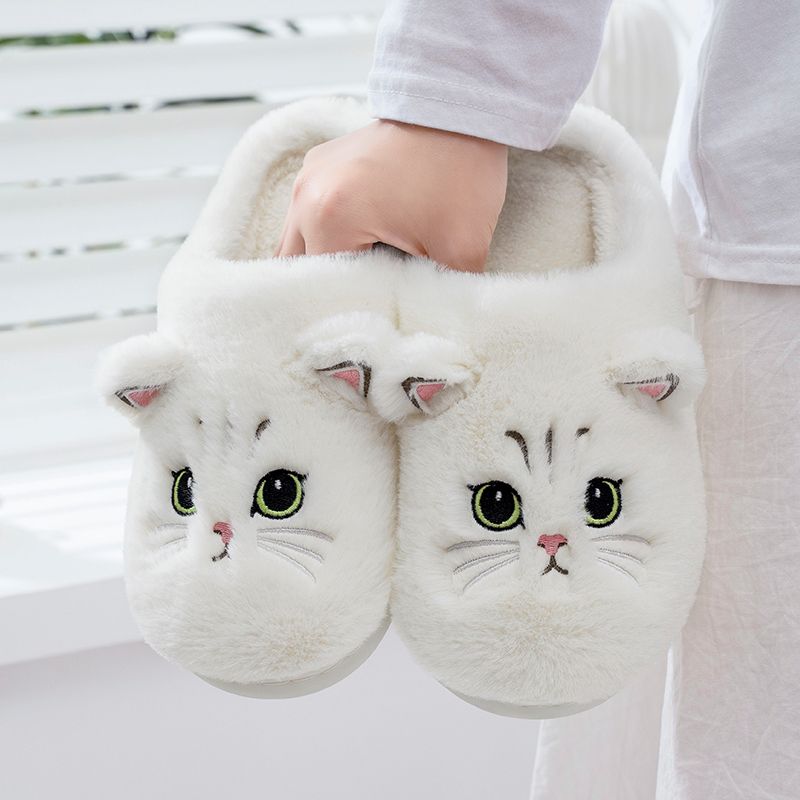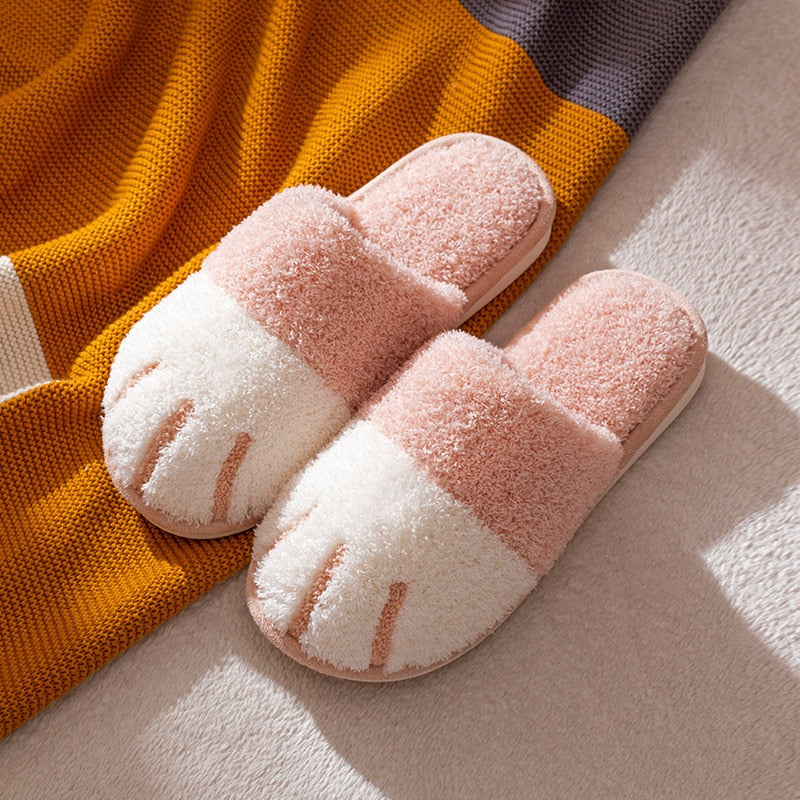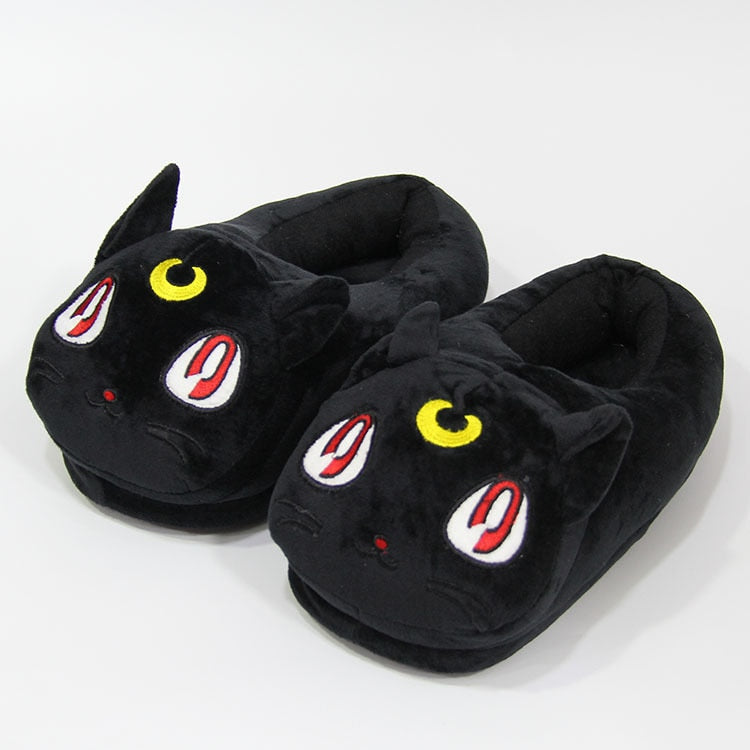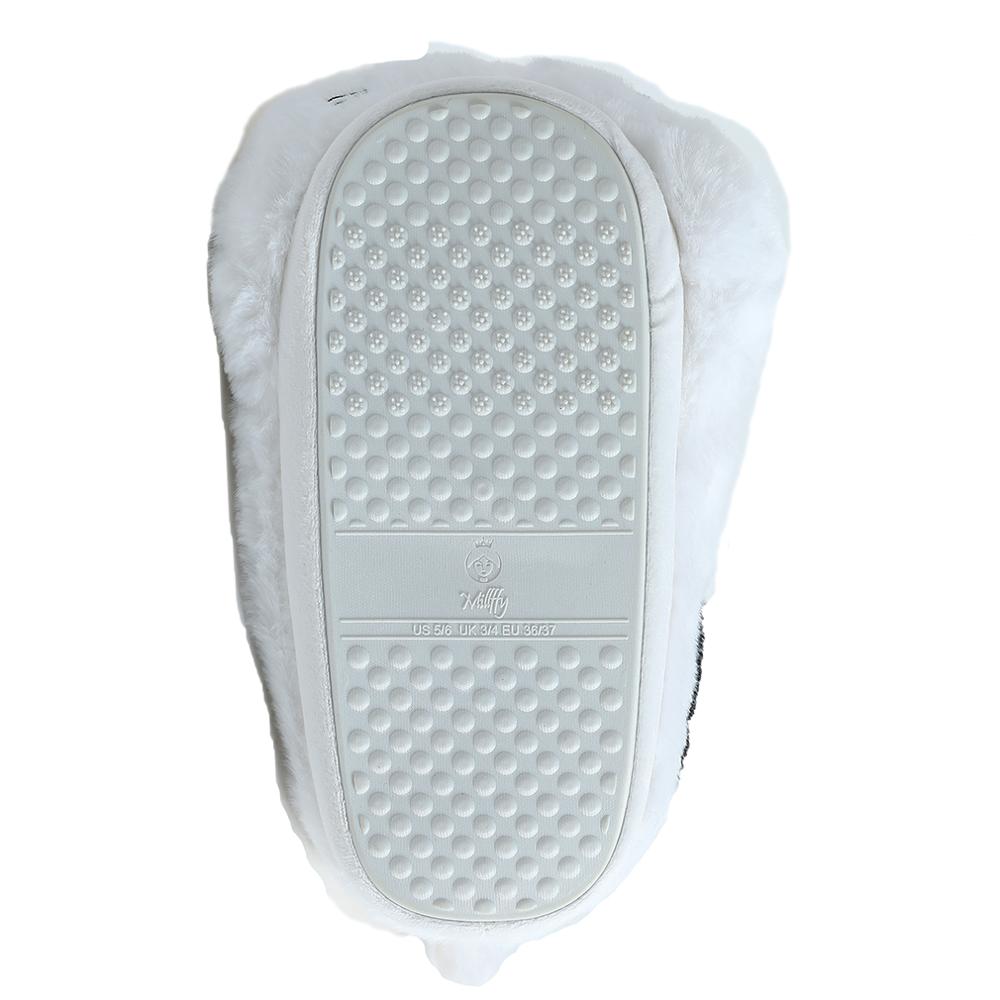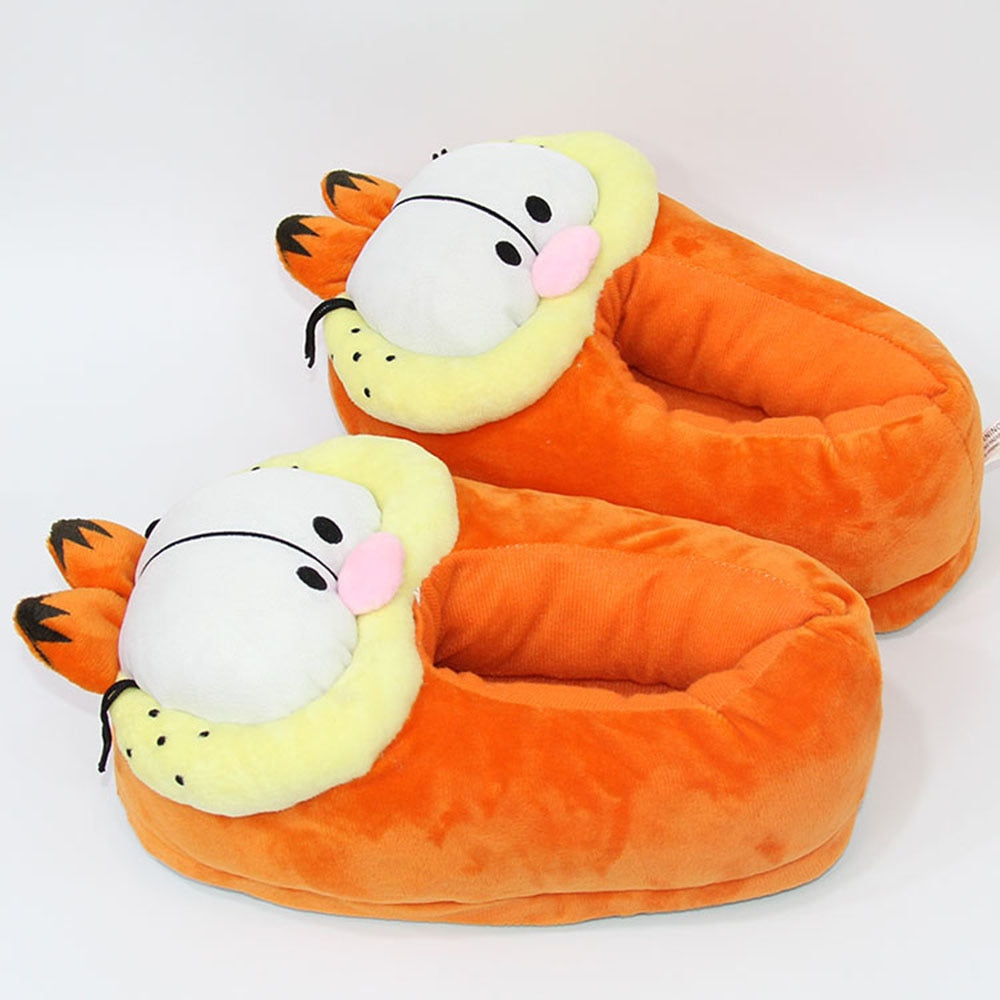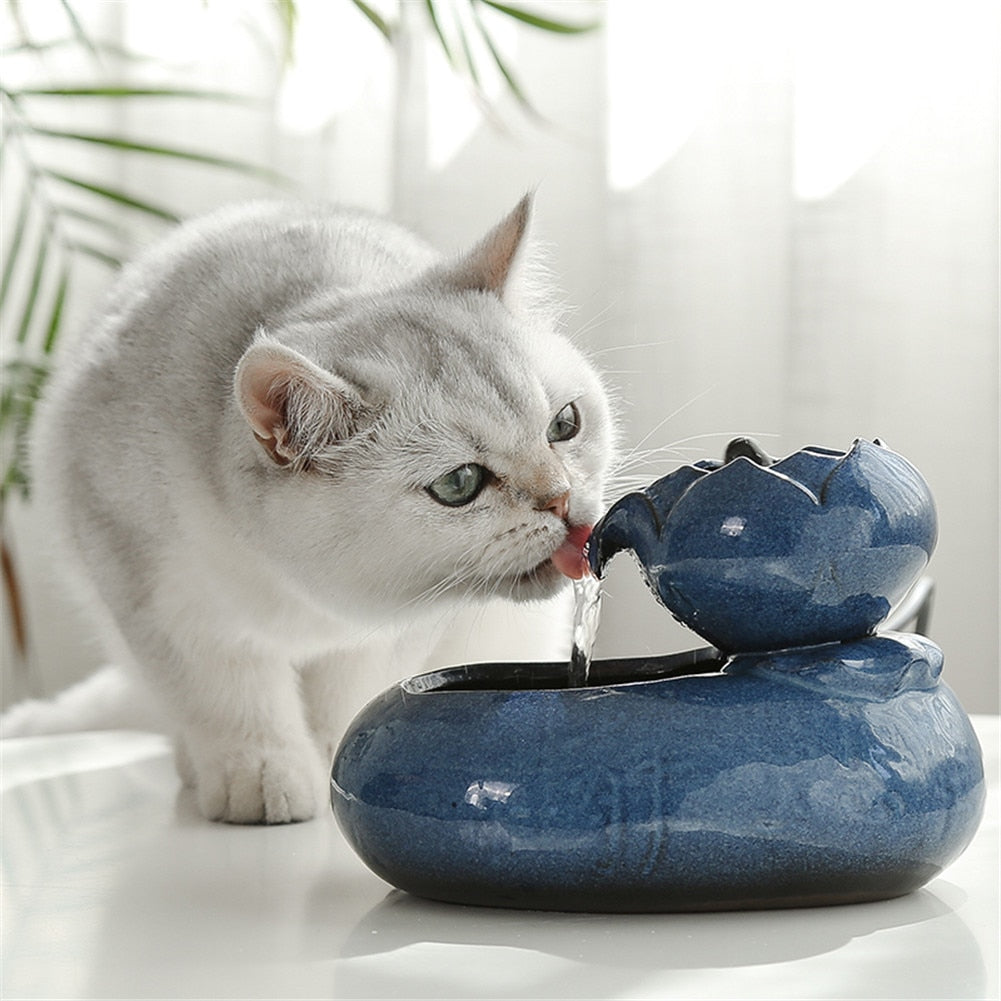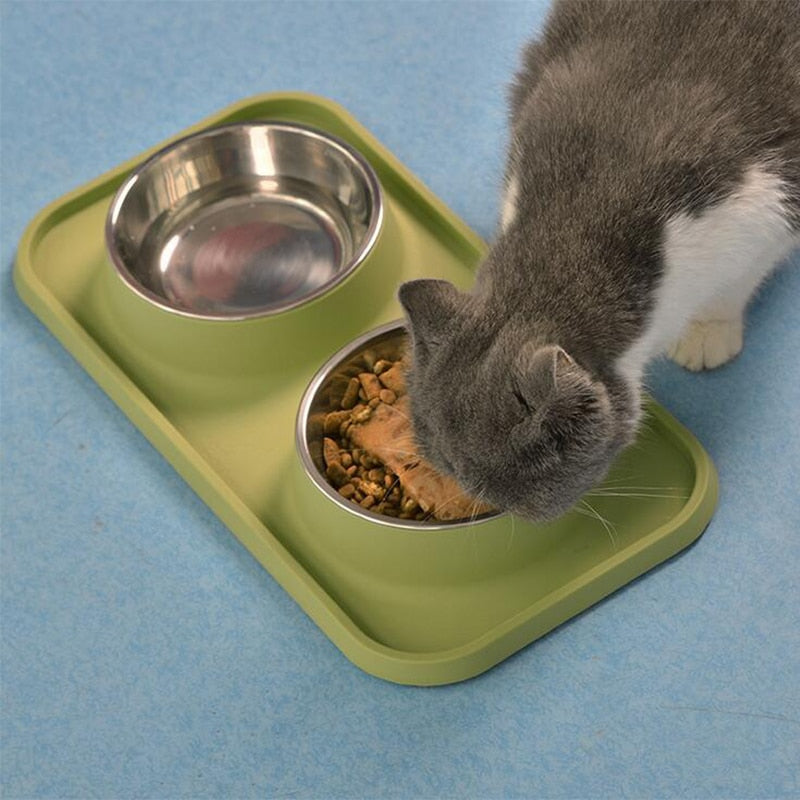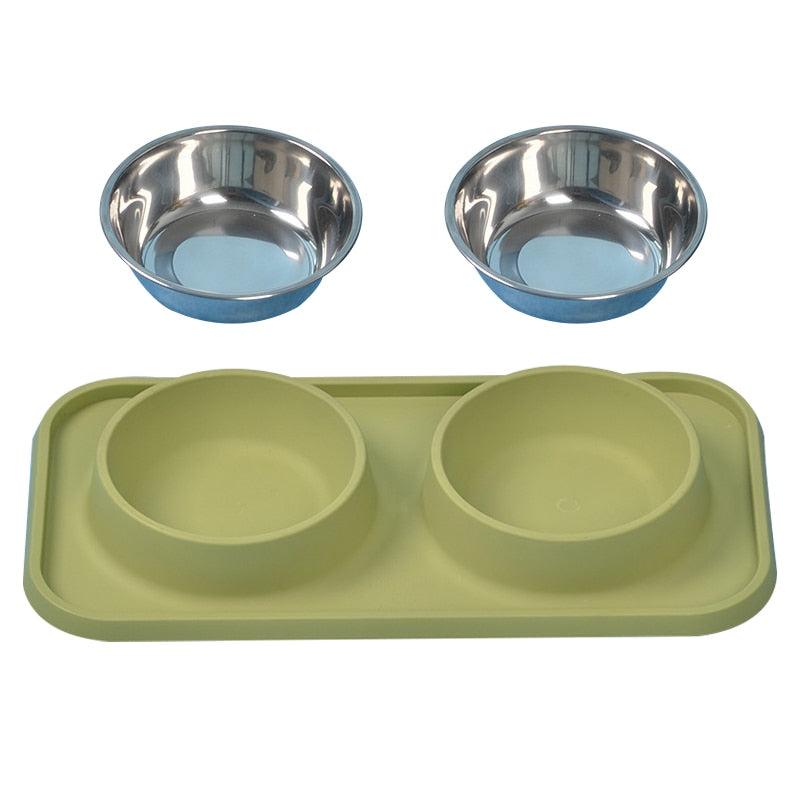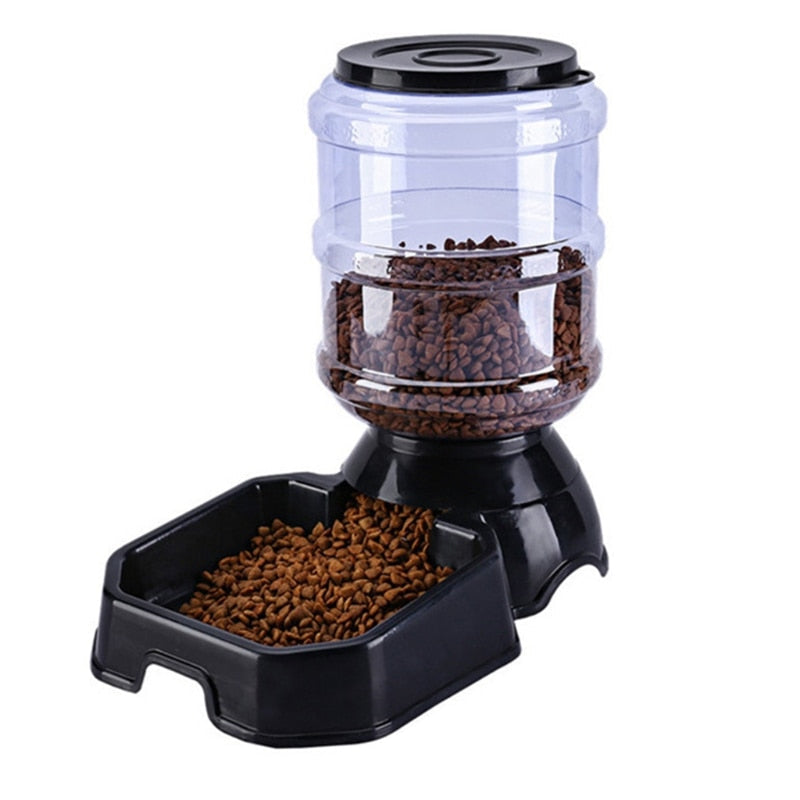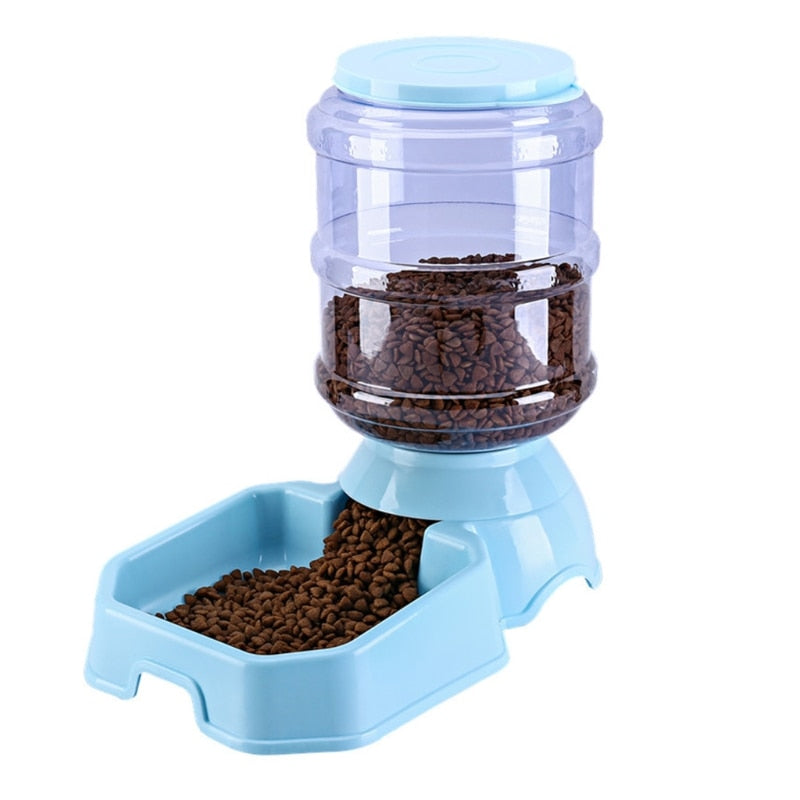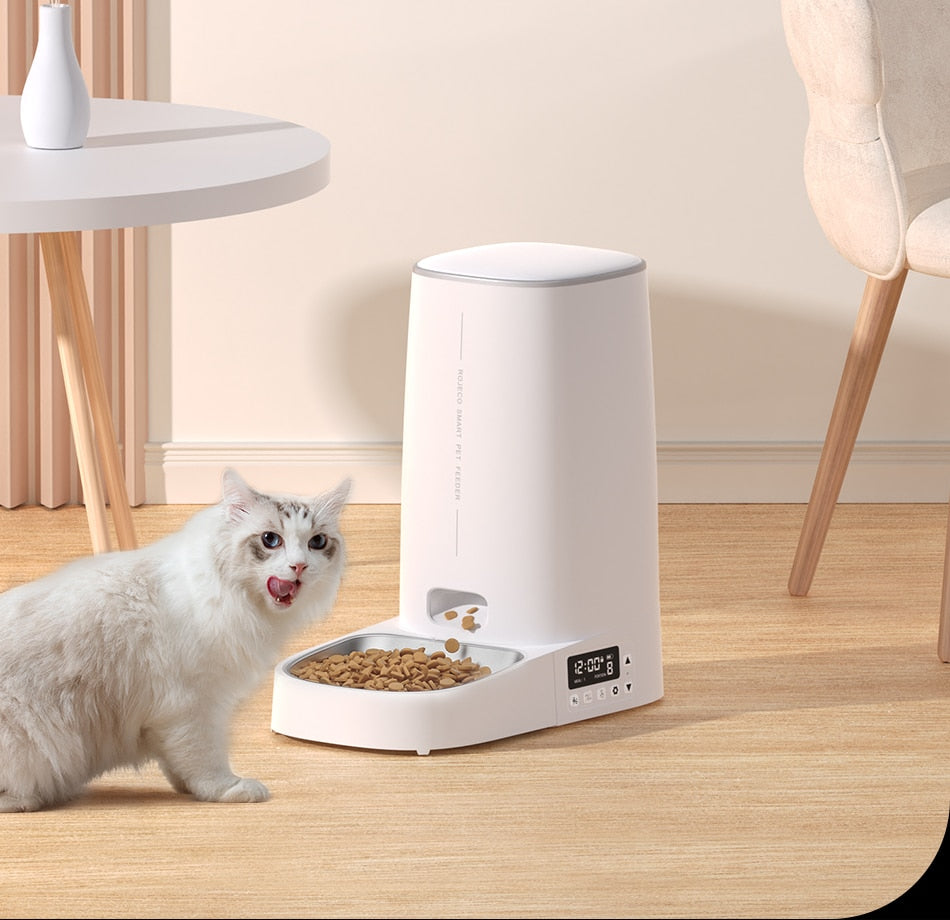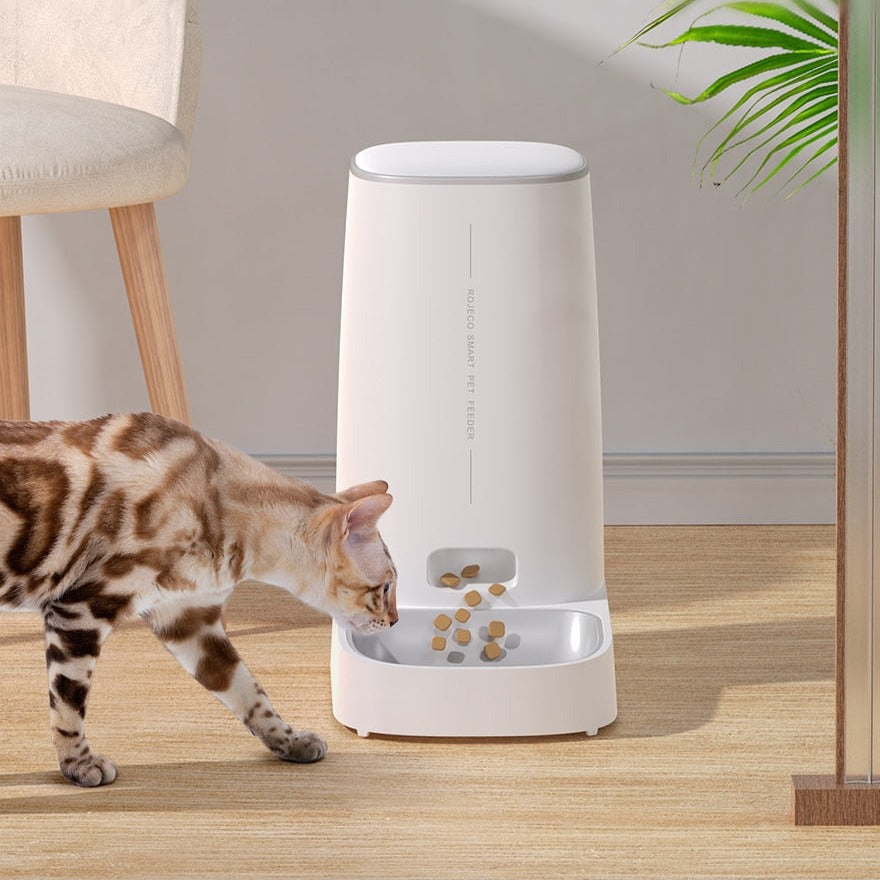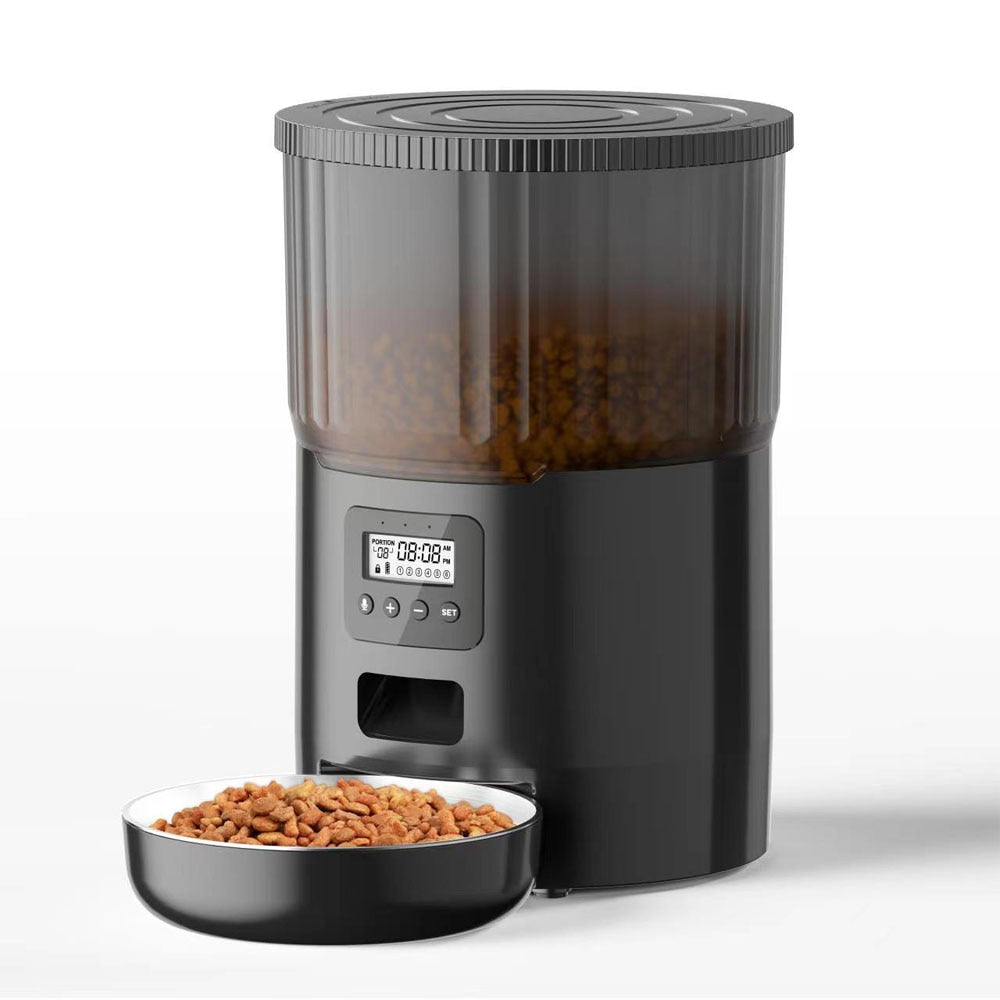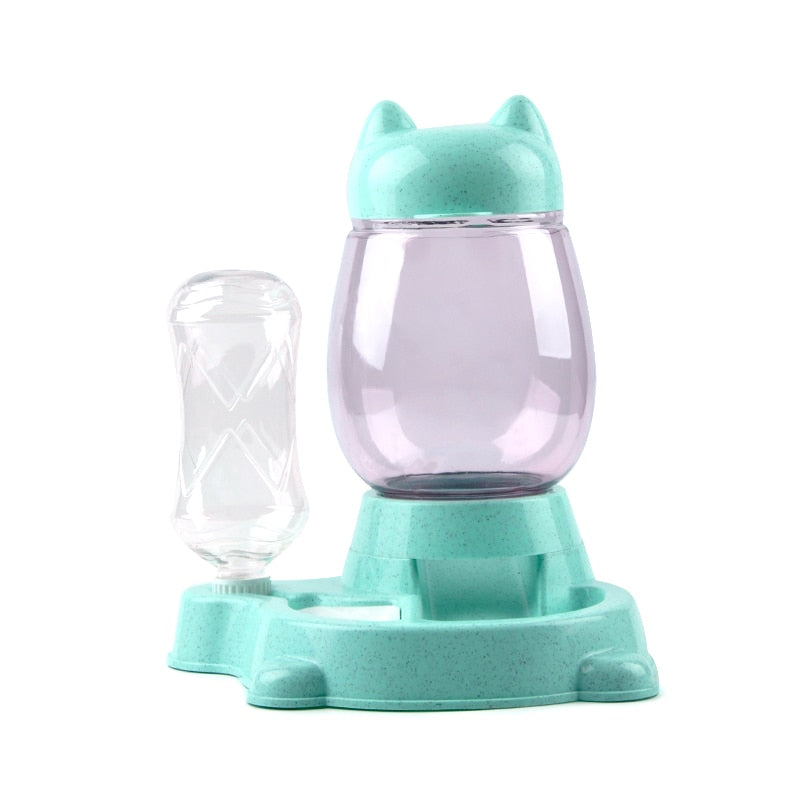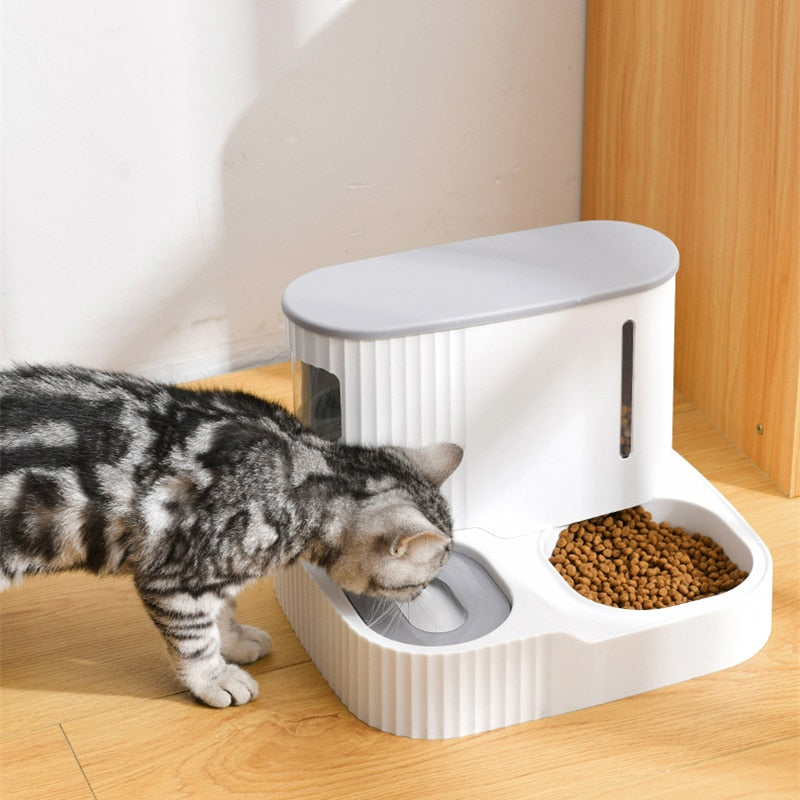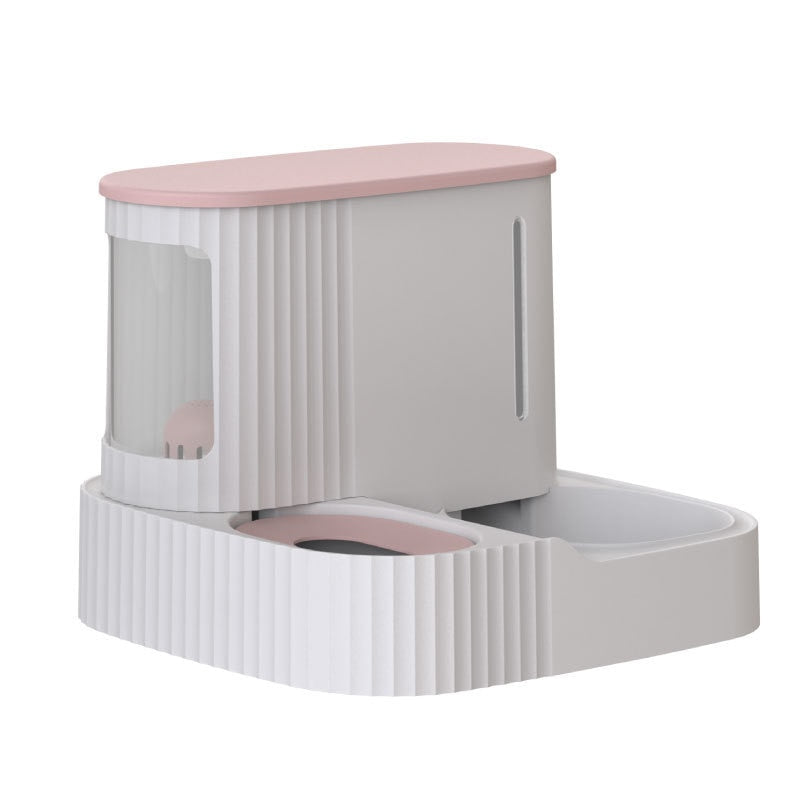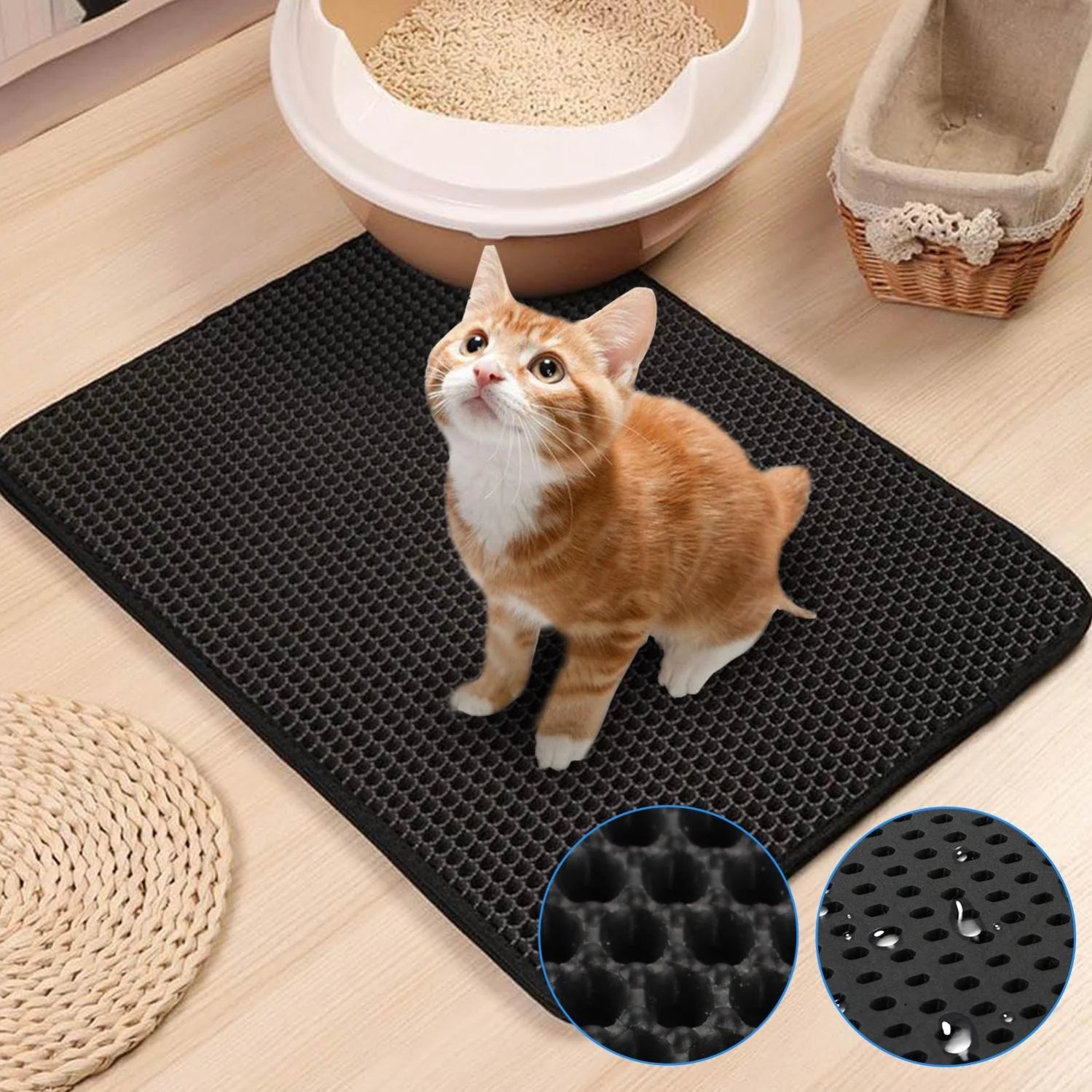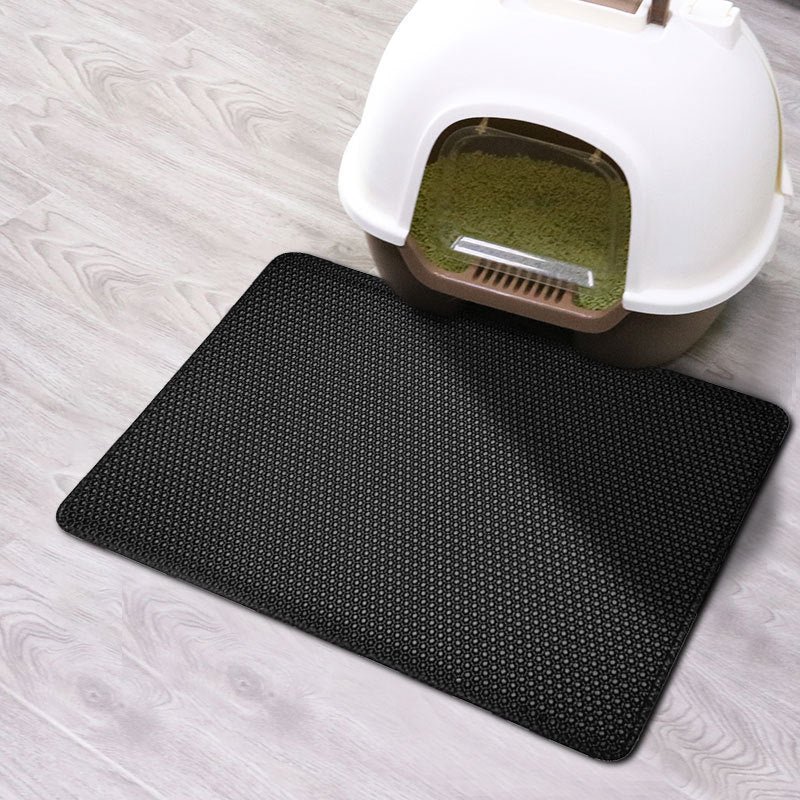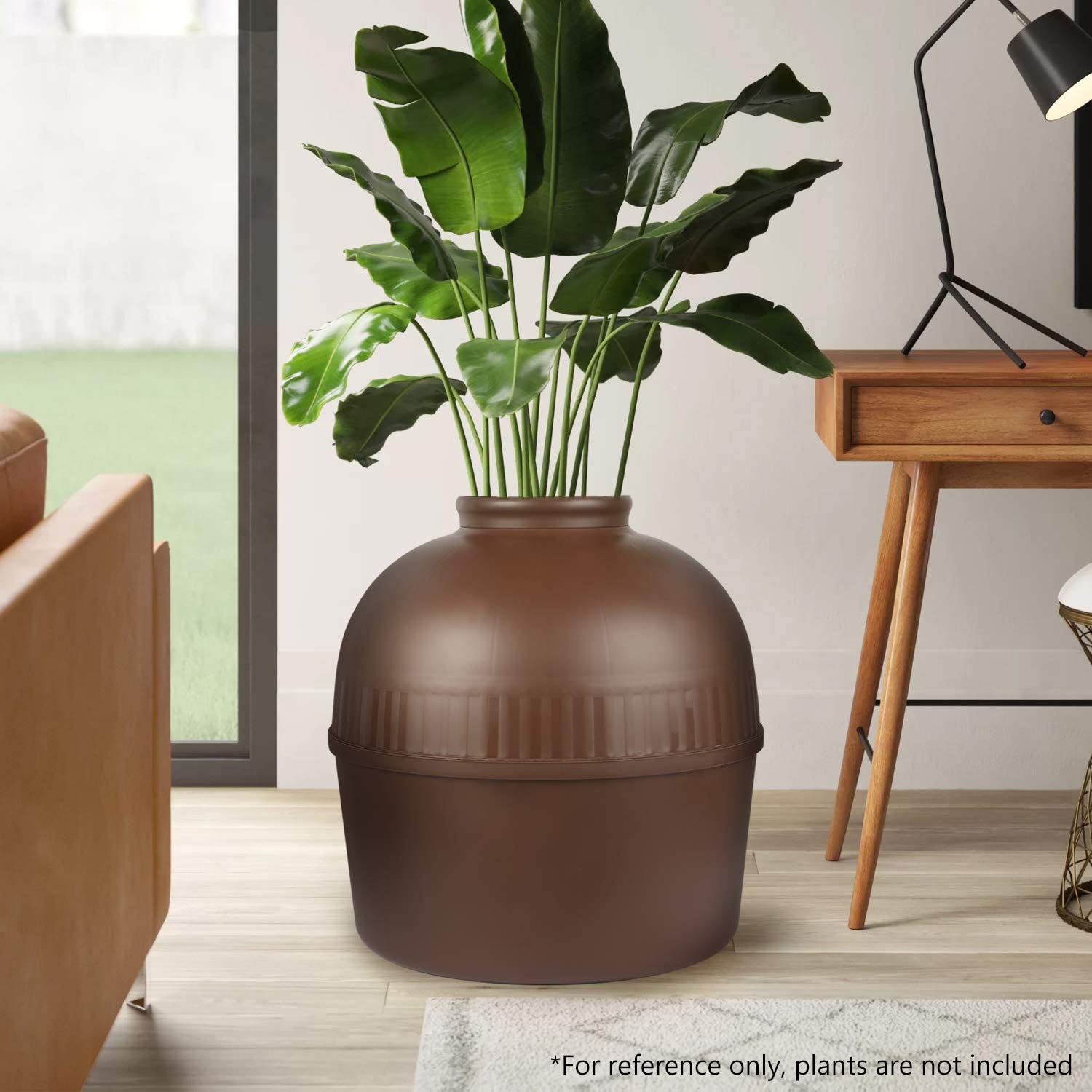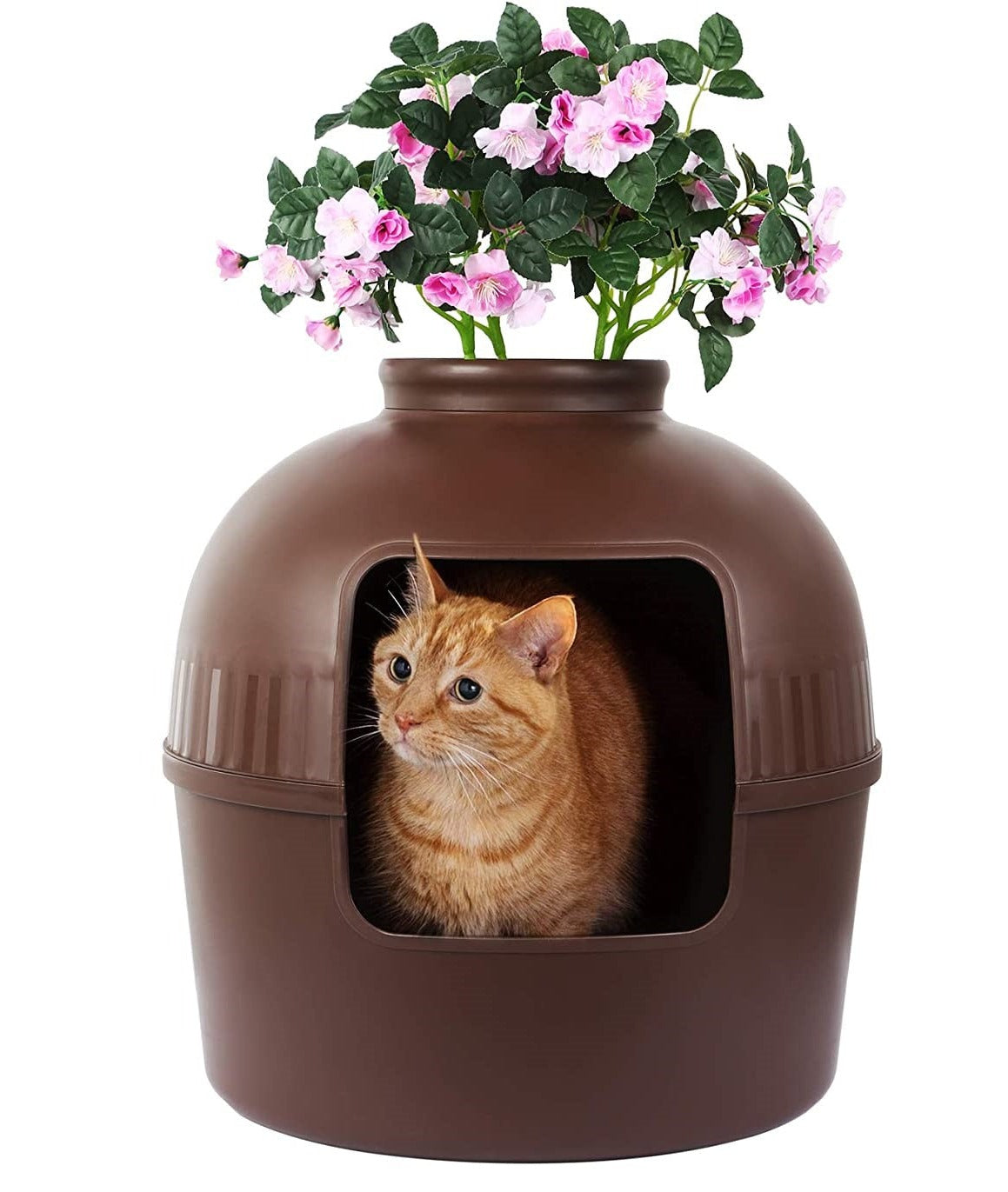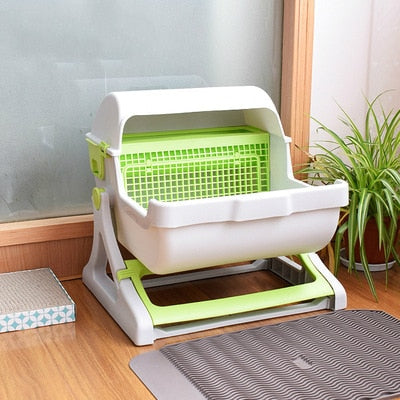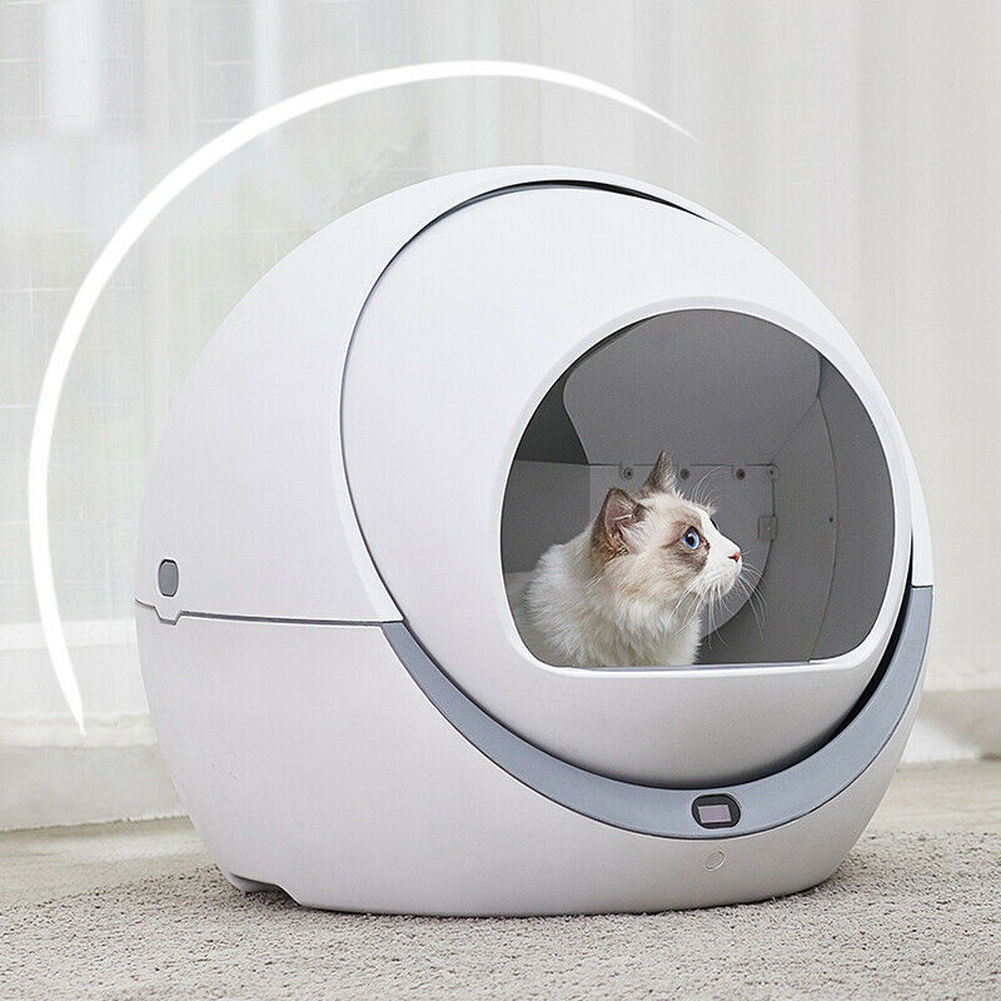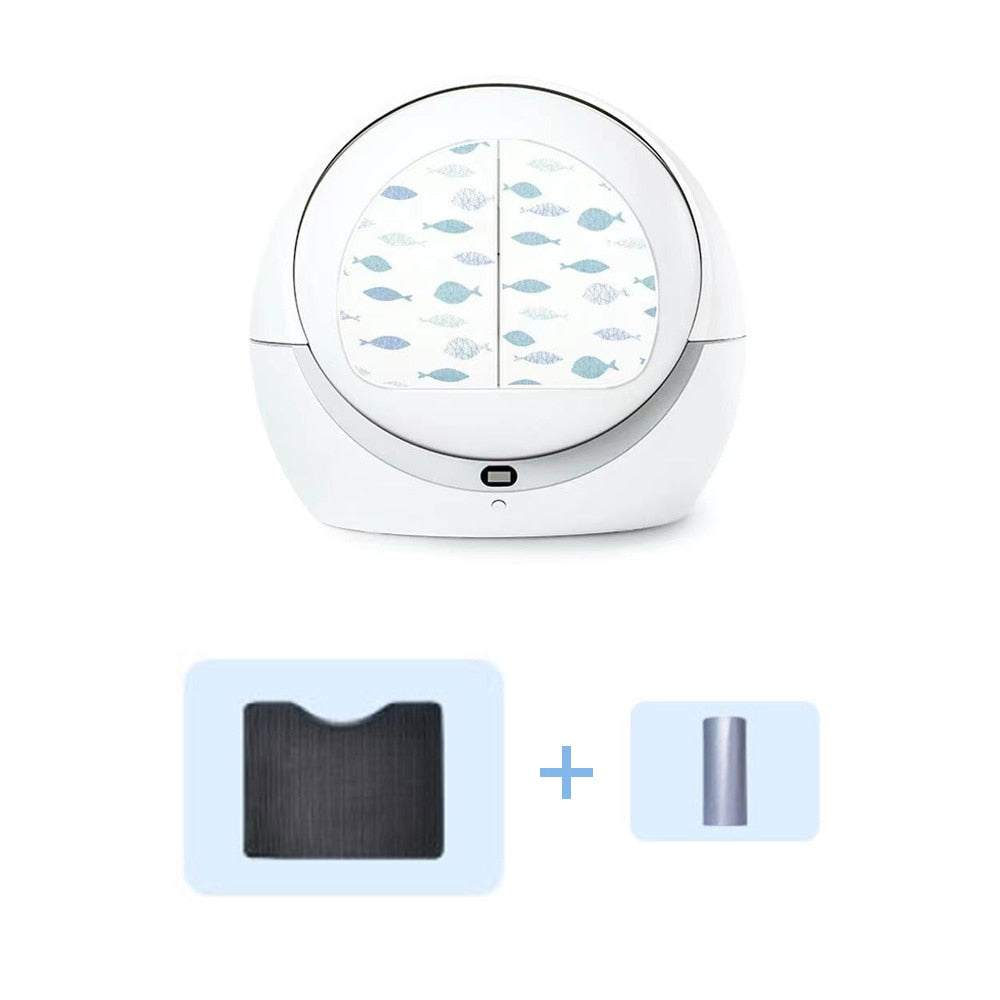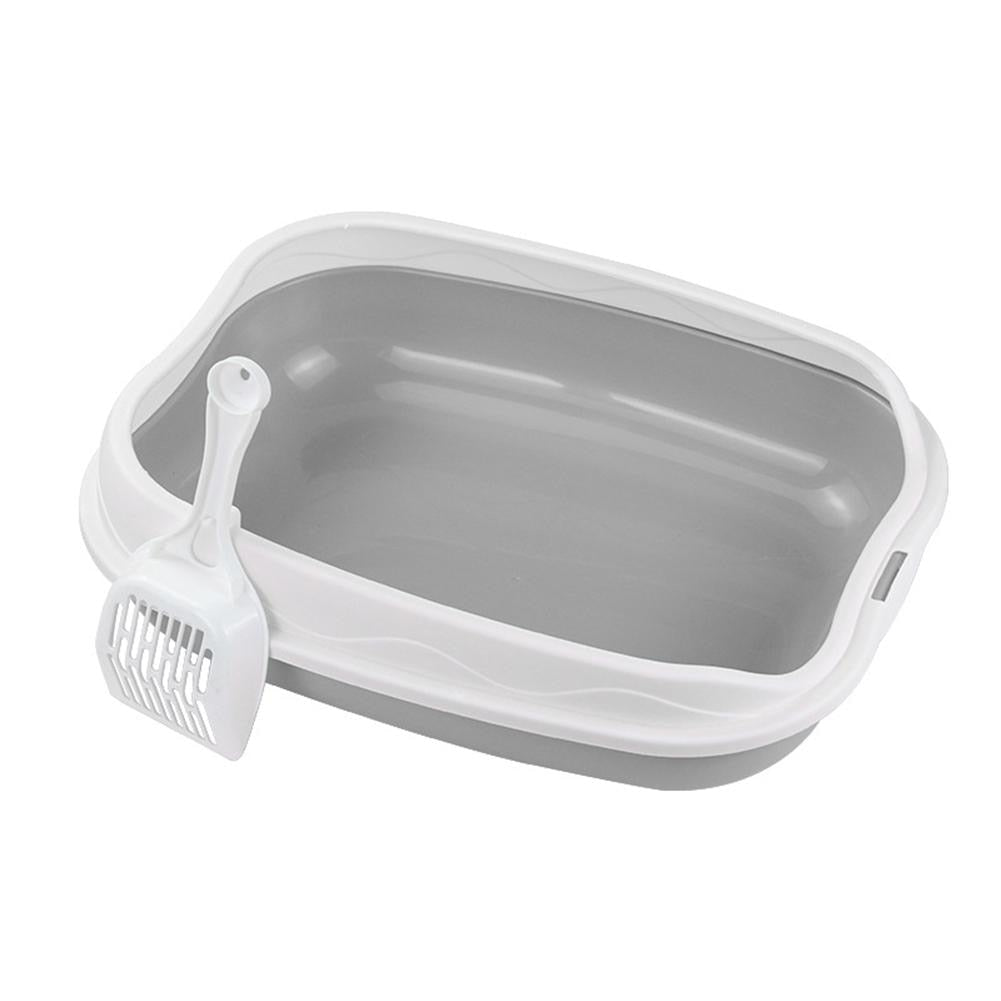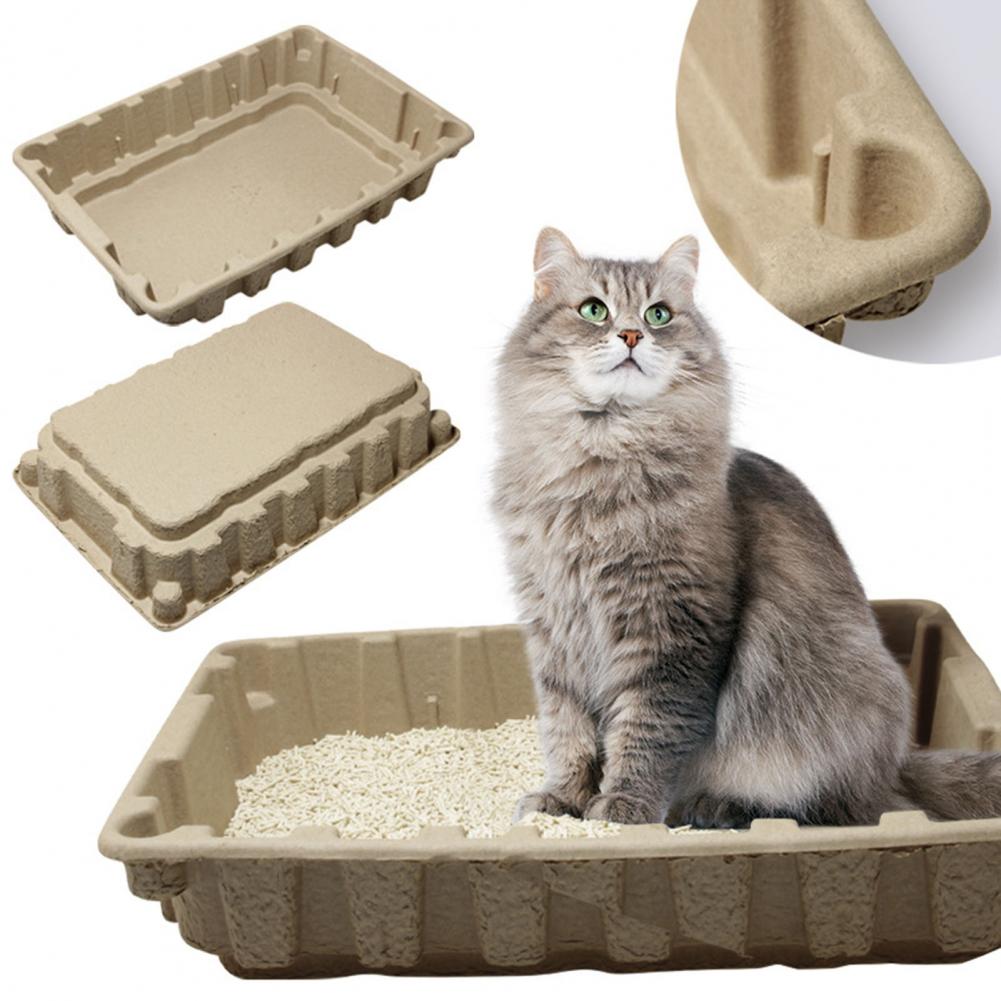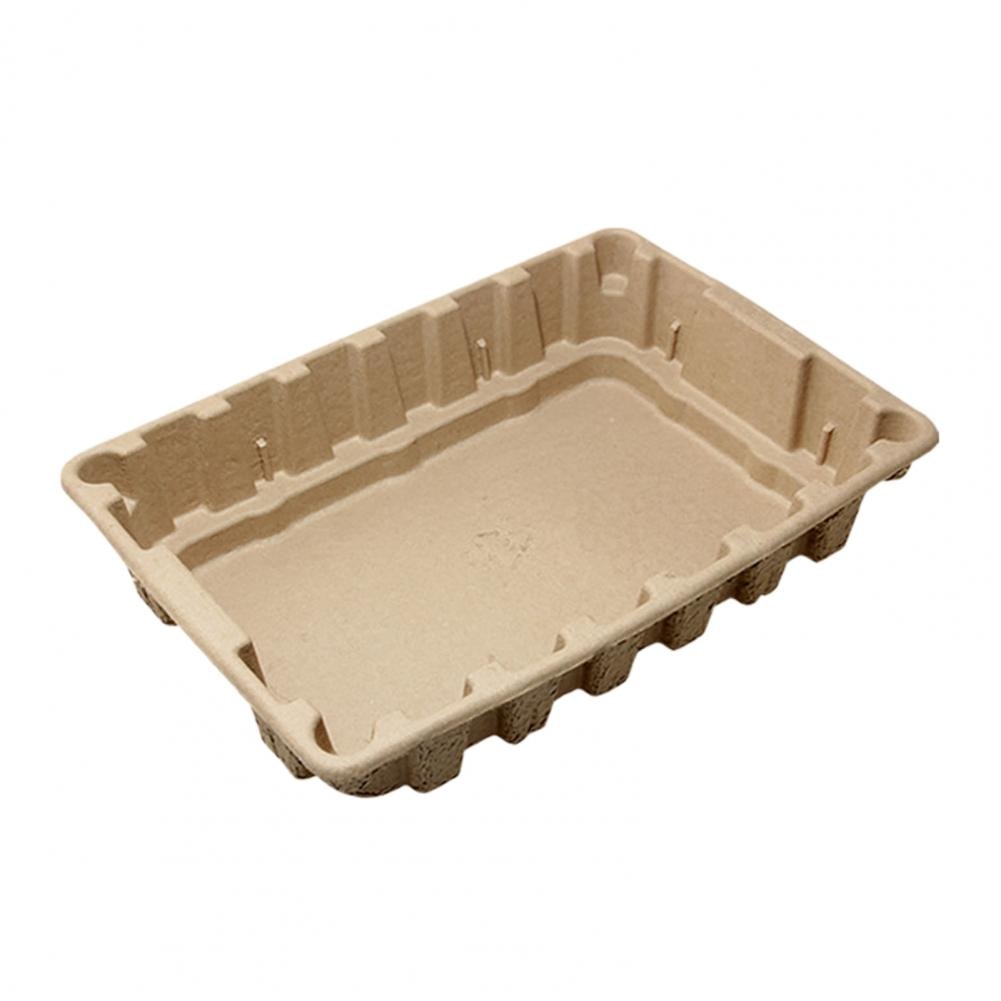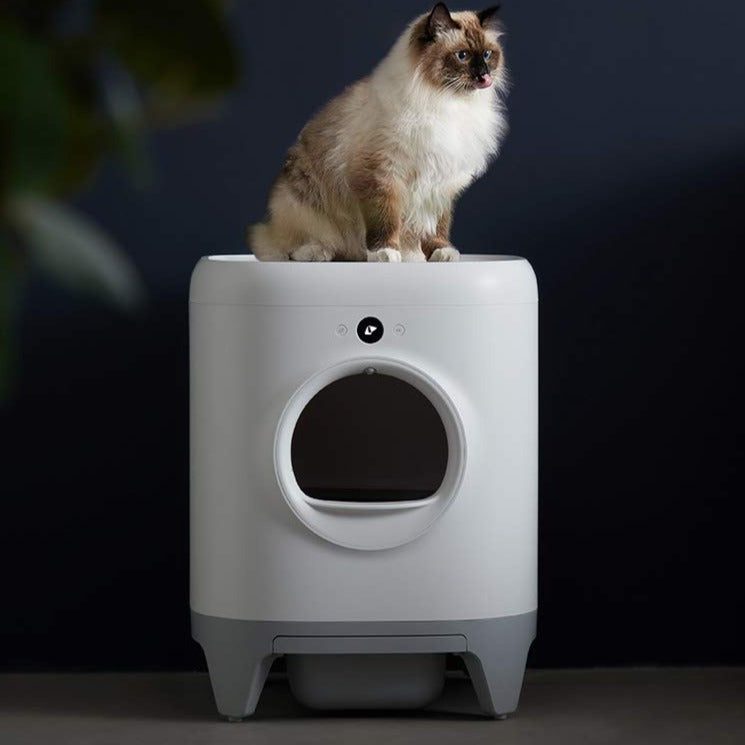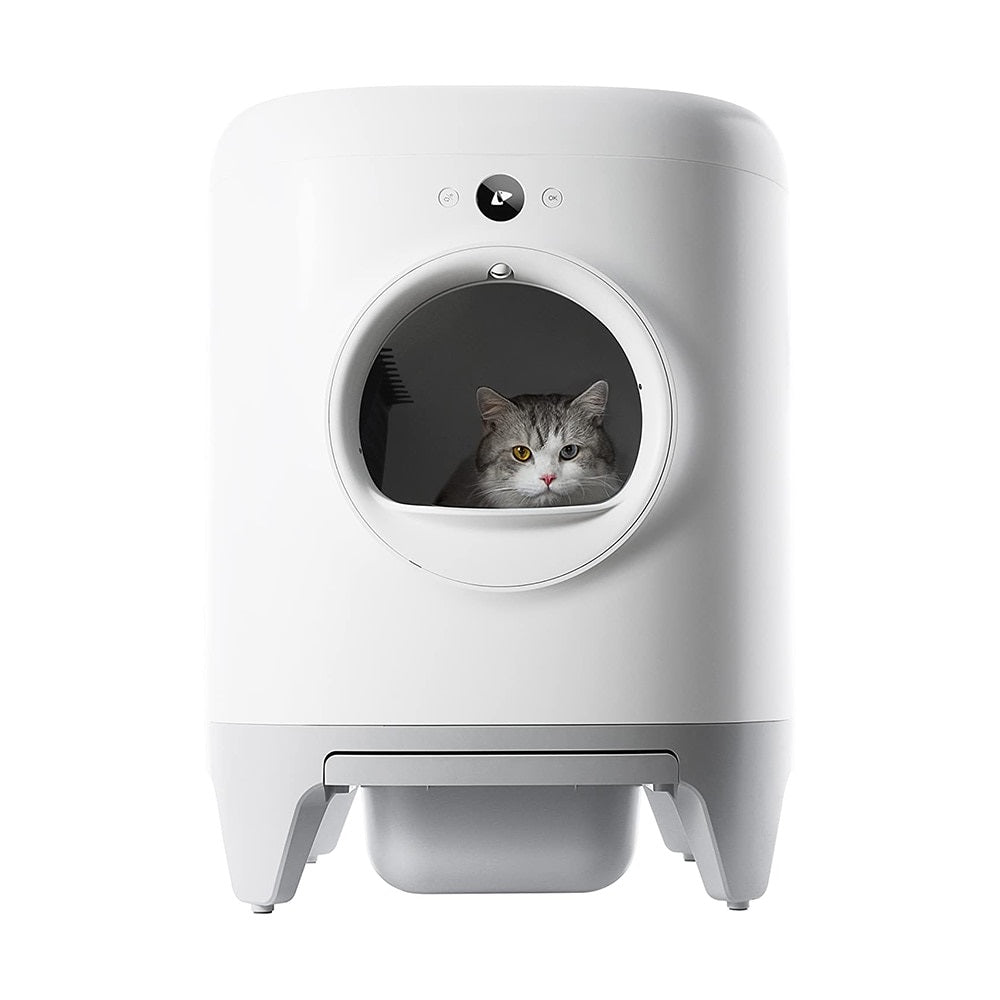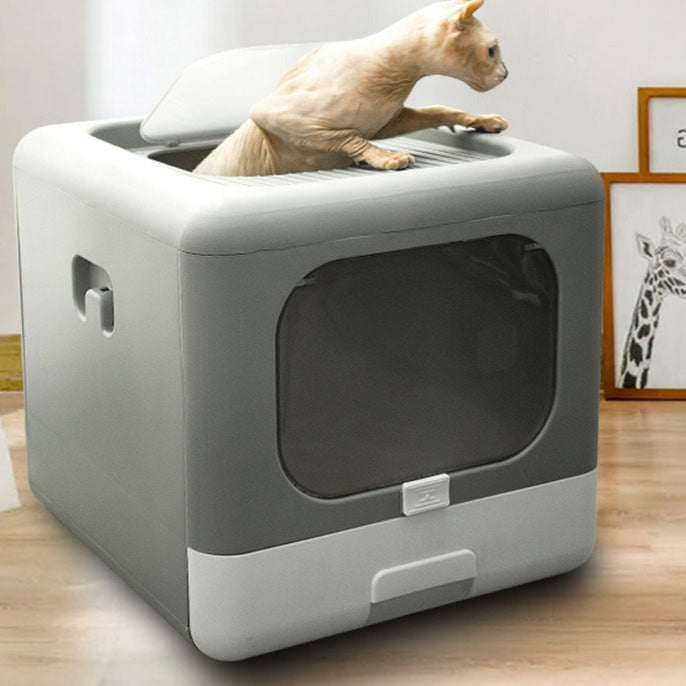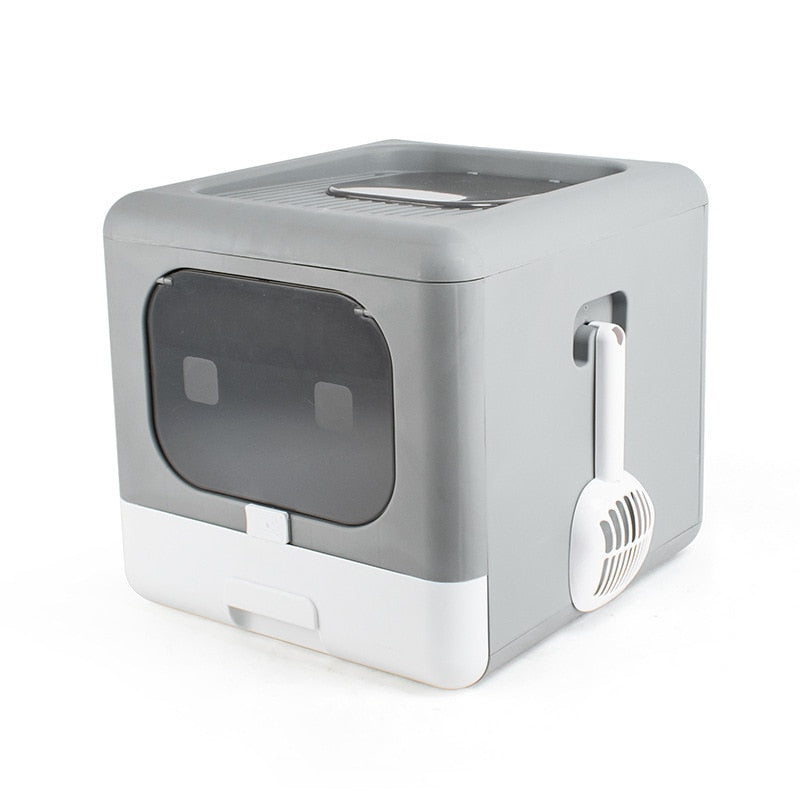Best cat Trees: The Ultimate Guide
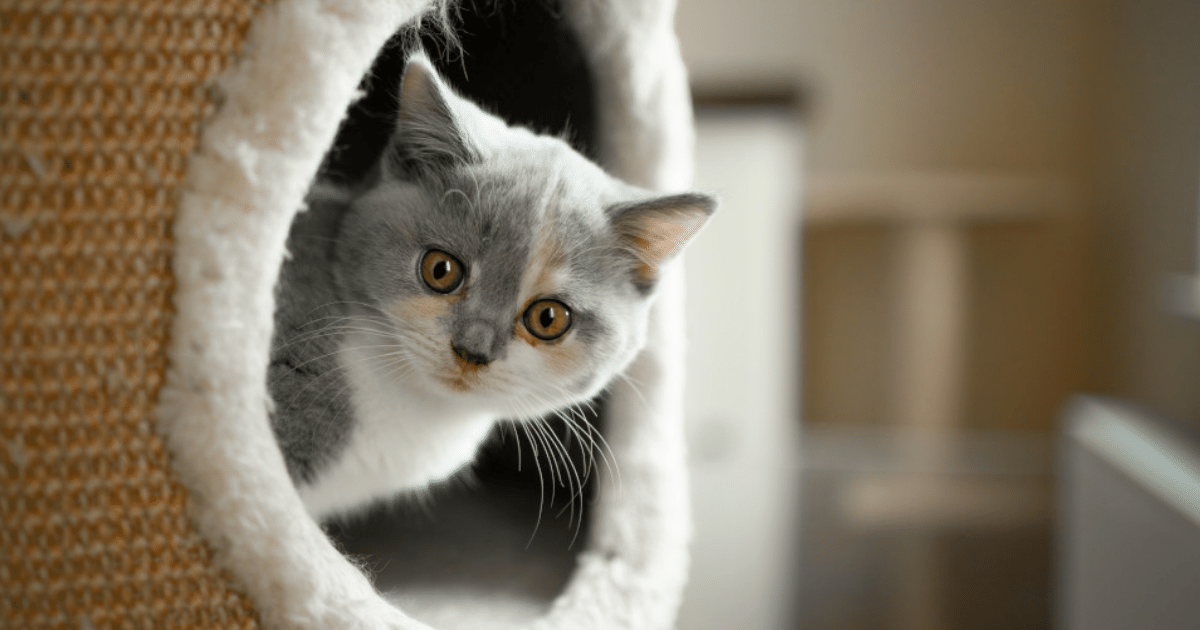
The Ultimate Guide to Choosing the Best Cat Trees for Your Feline Friends
In the realm of pet care, providing our feline companions with a stimulating and comfortable environment is paramount. Cat trees stand out as a multifaceted solution, offering both a playful arena and a serene retreat. Understanding the diverse needs of cats, from kittens to seniors, is crucial in selecting the perfect cat tree.
Essential Features of an Ideal Cat Tree
When exploring the wide range of cat trees available, it's imperative to focus on a few crucial attributes that define a superior product. These features not only ensure the safety and comfort of your beloved pet but also contribute to the product's longevity and your overall satisfaction.
Sturdiness and Stability
A paramount feature of any cat tree is its sturdiness and stability. A well-constructed cat tree must be robust enough to support the weight and the vigorous activities of your cat. This is particularly vital for households with multiple or larger breeds of cats, where the demand for a resilient structure is higher.
Material Quality
The quality of materials used in a cat tree cannot be overstated. Opt for cat trees made from non-toxic, durable materials such as solid wood, sisal rope, and high-quality fabric. These materials ensure the longevity of the tree and safeguard your cat's health from potentially harmful substances.
Design and Size
The design of a cat tree should align with your cat's behavioral patterns. Whether your cat is inclined towards climbing, scratching, or lounging, the design should cater to these activities. Size is also a critical consideration - the cat tree should fit comfortably in your designated space while providing ample opportunity for your cat to play and rest.
Ease of Cleaning
Hygiene is a key aspect of pet care. Select a cat tree with removable and washable components, making it easier to keep the tree clean and hygienic for prolonged use. This feature is not only beneficial for the pet but also for maintaining a clean and odor-free home environment.
Tailoring Cat Trees to Feline Personalities
Cats, with their varied personalities and preferences, require cat trees that cater specifically to their individual needs. Here, we explore the top picks for different cat personalities, ensuring that every feline friend finds their perfect haven.
The Climber
For the feline aficionados of altitude, a tall cat tree equipped with multiple levels and perches is the ideal choice. This type of tree caters to cats who revel in surveying their domain from lofty vantage points. It should feature sturdy platforms at varying heights, allowing for both adventurous climbing and peaceful lounging above ground level.
The Lounger
For cats who prioritize comfort and leisure, a cat tree with plush beds and cozy nooks is essential. These trees should provide soft, cushioned areas where cats can curl up and relax. Look for designs that incorporate spacious resting platforms, hammocks, or enclosed spaces that offer a snug retreat for those long, leisurely catnaps.
The Scratcher
Cats with a penchant for scratching need a tree that satisfies this natural instinct. A cat tree adorned with ample scratching posts and pads, covered in sisal rope or similar material, is perfect for these felines. This feature not only entertains your cat but also helps to keep their claws healthy and prevents them from scratching furniture.
The Curious Explorer
For the inquisitive and adventurous cat, a cat tree that offers a range of stimuli is paramount. Look for trees that feature hiding holes, tunnels, and interactive toys. These additions provide mental stimulation and physical exercise, keeping your cat engaged and entertained. Trees with dangling toys, puzzle elements, and varied textures will particularly appeal to these exploratory spirits.
Prioritizing Safety and Space in Cat Tree Selection
When it comes to selecting the perfect cat tree, safety and the consideration of space are paramount. These factors are crucial not only for the well-being of your cat but also for ensuring a harmonious integration into your living space.
Ensuring Safety in Cat Tree Design
The safety of your feline companion is a matter of utmost importance. A carefully chosen cat tree should adhere to the following safety standards:
Stable and Secure Construction
A cat tree must be firmly grounded to prevent any wobbling or tipping over. Stability is especially important in trees designed for climbing or housing multiple cats. Opt for cat trees with a broad base and robust construction that can withstand active feline behavior without compromising safety.
Absence of Hazardous Elements
Inspect the cat tree for any potential hazards. It should be free from sharp edges and loose parts that could harm your cat. Regular inspection and maintenance of the tree are essential to promptly address any wear and tear that could pose a risk.
Considering Size and Space for Cat Tree Placement
The space where the cat tree will be positioned is as crucial as the tree itself. It's vital to consider the following:
Proportionate Sizing
Choose a cat tree that is appropriately sized for the room it will occupy. A large tree in a small room can be overpowering and restrictive, while a tree that is too small may not provide enough space for multiple cats to play and relax comfortably. The tree should complement the room's dimensions, allowing for easy movement around it.
Strategic Positioning
The placement of the cat tree should be in a location that is safe and conducive to your cat's enjoyment. It should be positioned away from potential hazards like windows, which can pose a risk of falls, or unstable furniture that could topple over. Ideally, place the cat tree in a corner or against a wall for added stability and security.
The Multifaceted Benefits of Cat Trees
Cat trees are not just another pet accessory; they are an essential component of a cat's environment, offering a multitude of benefits that contribute to a cat's overall well-being. Understanding these benefits highlights the importance of cat trees in nurturing a happy, healthy pet.
Enhancing Physical Health through Exercise
Cat trees are instrumental in promoting vital physical activity. They encourage behaviors such as climbing and jumping, which are crucial for maintaining a cat's physical health. These activities help in muscle development, weight management, and overall agility. A cat tree with various levels and platforms allows cats to exercise naturally and enjoyably within the safety of the home.
Stimulating Mental Well-being
Mental stimulation is as important as physical exercise in cats. The different levels, textures, and features of a cat tree keep cats mentally engaged and curious. This kind of stimulation is particularly beneficial for indoor cats, providing them with an environment that challenges their instincts and keeps their minds active. A well-designed cat tree can become a source of endless exploration and discovery for a cat.
Reducing Stress and Anxiety
Having a dedicated space like a cat tree can greatly reduce stress and anxiety in cats. In the wild, cats seek high vantage points for safety; similarly, a cat tree provides a safe haven where they can observe their surroundings from a secure spot. This sense of security is essential for a cat's emotional well-being, especially in homes with multiple pets or active households.
Preventing Unwanted Behaviors
A cat tree serves as an appropriate outlet for natural feline behaviors, such as scratching and climbing. By providing a designated area for these activities, cat trees help to deter cats from engaging in these behaviors on furniture or curtains. This not only protects your home furnishings but also satisfies your cat's instinctual needs in a constructive manner.
Essential Maintenance and Upkeep of Cat Trees
To ensure the longevity and continued enjoyment of your cat tree, regular maintenance and upkeep are essential. By adhering to a consistent care routine, you not only preserve the structural integrity of the cat tree but also maintain a hygienic and safe environment for your cat.
Routine Cleaning for Hygiene
Keeping the cat tree clean is vital for your cat's health and the cleanliness of your home. Regular vacuuming of the cat tree removes fur, dander, and dirt that accumulate over time. Additionally, wiping down surfaces with a damp cloth helps in removing any stains or spills. For cat trees with removable fabric elements, washing them according to the manufacturer's instructions is recommended. This routine cleaning not only ensures a sanitary space for your cat but also extends the life of the cat tree.
Periodic Inspection for Safety
Regular inspection of the cat tree is crucial for identifying any potential safety hazards. Check the tree for loose parts, wear and tear, or any structural damage. Look out for loose nails, frayed ropes, or weakened platforms that could pose a risk to your cat. Addressing these issues promptly prevents them from escalating into more significant problems and ensures the ongoing safety of your pet.
Timely Replacement of Worn-Out Parts
Over time, certain parts of the cat tree may show signs of wear and may need to be replaced. Don't hesitate to replace worn-out sections or even the entire tree if necessary. Continuing to use a damaged cat tree can be dangerous for your cat. Replacing these parts not only rejuvenates the tree but also provides an opportunity to update or enhance the tree's features, keeping it interesting and engaging for your cat.
Introducing Your Cat to Their New Tree
Introducing a new cat tree to your feline friend is a process that should be approached with patience and understanding. Cats, being creatures of habit, may initially be hesitant about new additions to their environment. The following steps can help ensure a smooth and positive introduction to their new cat tree.
Gradual Introduction: Respecting Your Cat's Pace
Allow your cat to explore the cat tree at their own pace. It's important not to force the interaction. Some cats may be curious and climb it immediately, while others may need a few days to get accustomed to its presence. You can encourage exploration by placing the cat tree in a common area where your cat spends a lot of time, making it easily accessible and less intimidating.
Creating Positive Associations with Treats and Toys
Encourage your cat to use and enjoy the cat tree by creating positive associations. Place your cat's favorite treats or toys on various levels of the tree to pique their interest. This method helps the cat associate the tree with enjoyable experiences, making it more likely they will use it. Play sessions near the cat tree can also help create a positive connection.
Strategic Placement in Familiar Surroundings
Initially, place the cat tree in an area where your cat feels comfortable and spends a lot of time. This could be near their favorite window, in the living room, or a quiet corner they frequently visit. The familiar surroundings will make the new cat tree less daunting. Over time, as your cat becomes more accustomed to the tree, you can experiment with relocating it to different areas if needed.
Final Thoughts: The Lasting Impact of the Ideal Cat Tree
The decision to invest in the right cat tree is more than just a purchase—it's an investment in your cat's quality of life. By carefully considering the unique personality, preferences, and needs of your feline friend, you are creating much more than a play area. You are crafting a haven, a personal space where your cat can thrive, relax, and express their natural behaviors.
A well-chosen cat tree serves as a cornerstone for your cat's physical and mental well-being. It's a space where they can exercise, explore, and find comfort, all within the safety of your home. Moreover, it's a testament to the bond between you and your pet, reflecting your understanding and commitment to their happiness.
Ultimately, the right cat tree can become a cherished part of your cat's life for years to come, enhancing your shared environment and strengthening the bond you share with your beloved pet.


